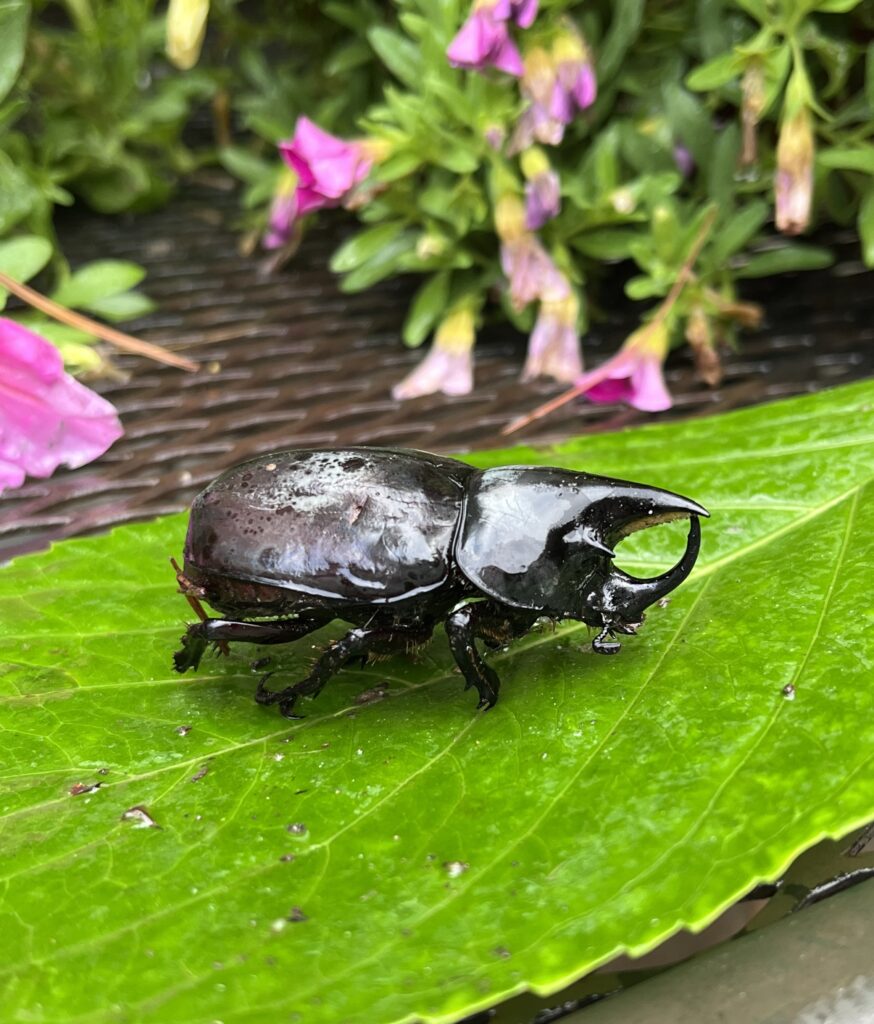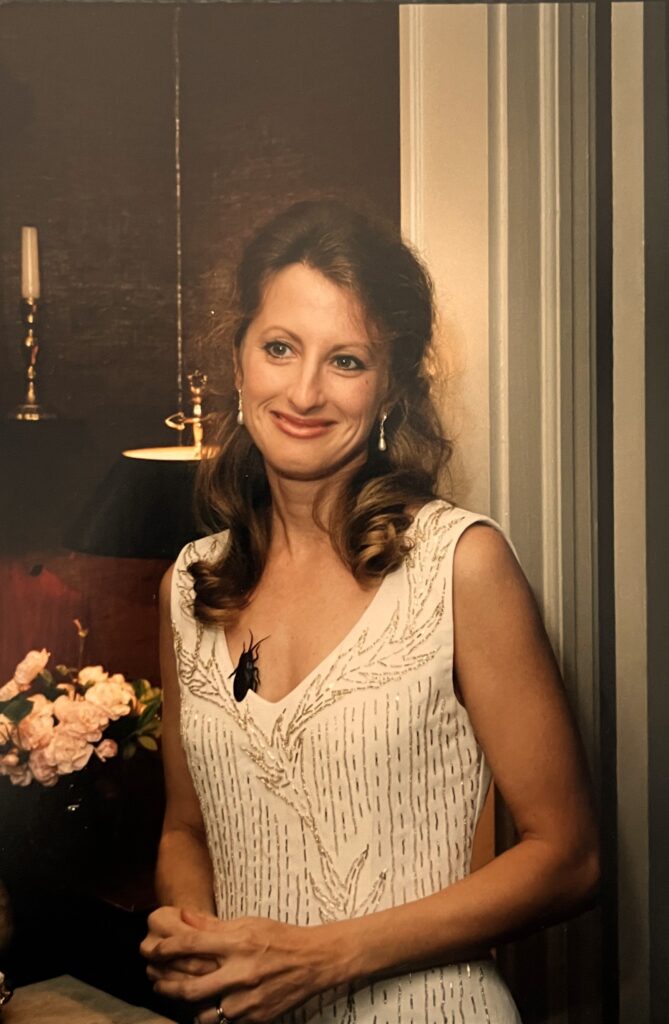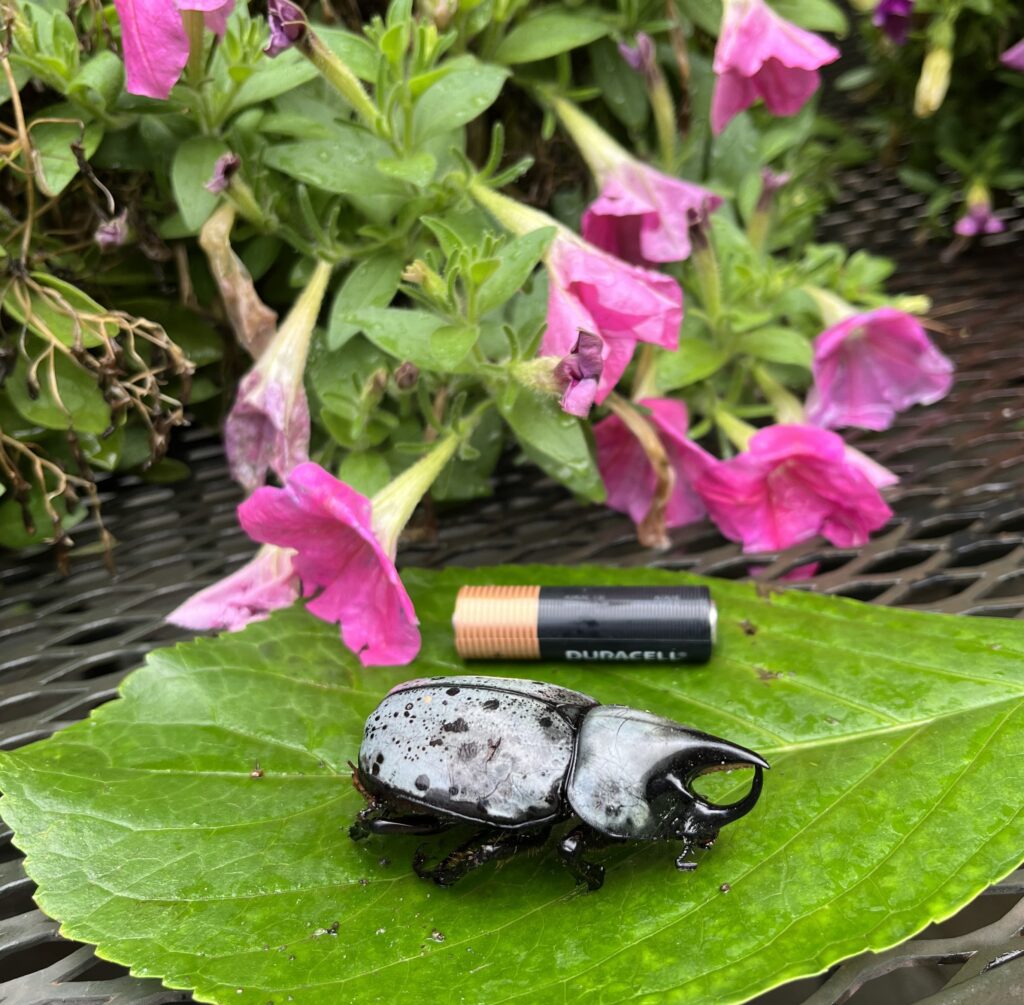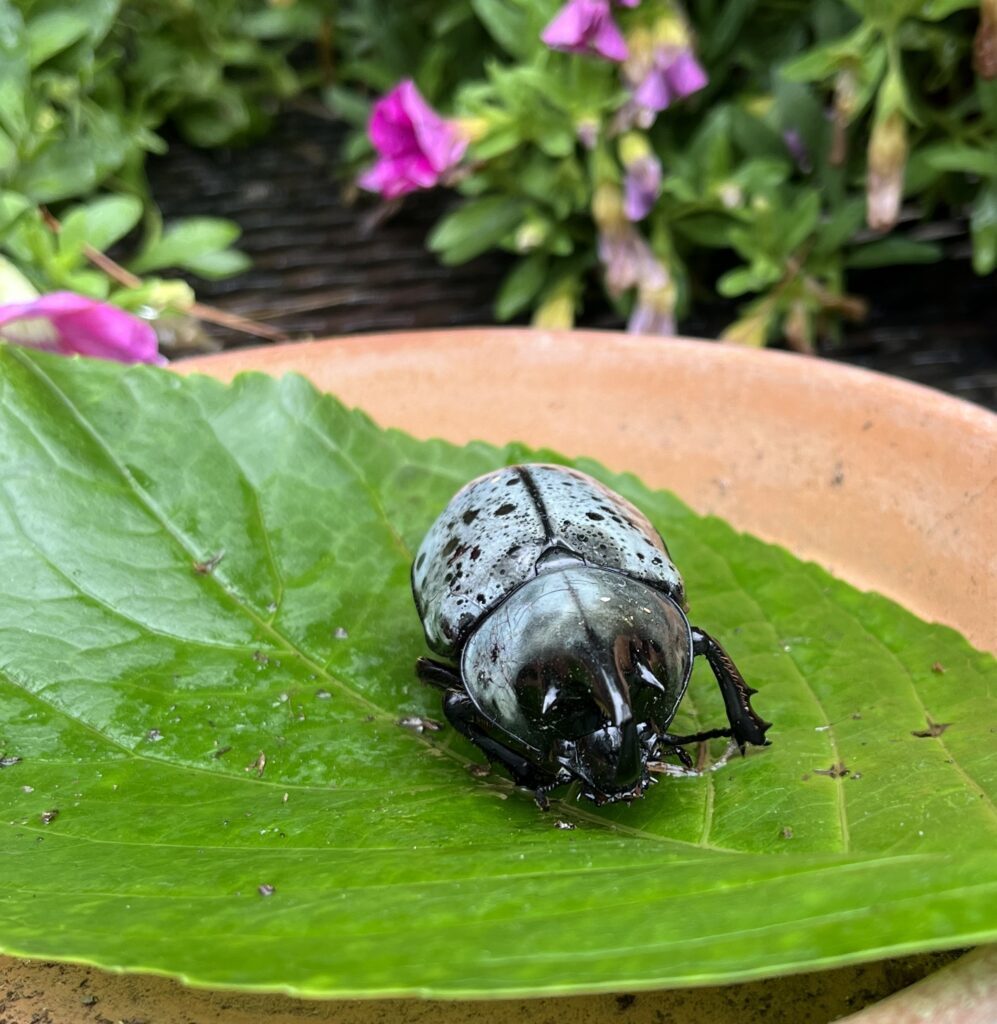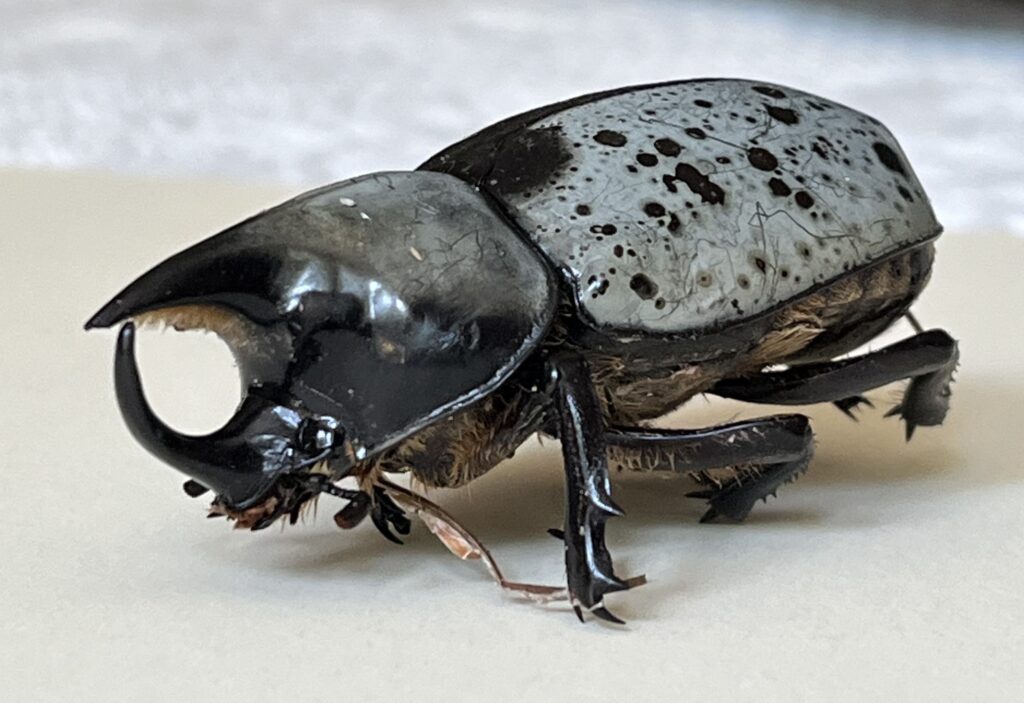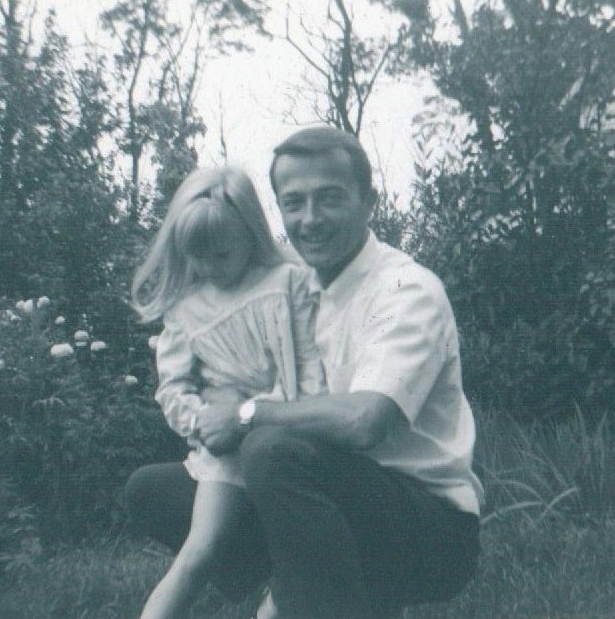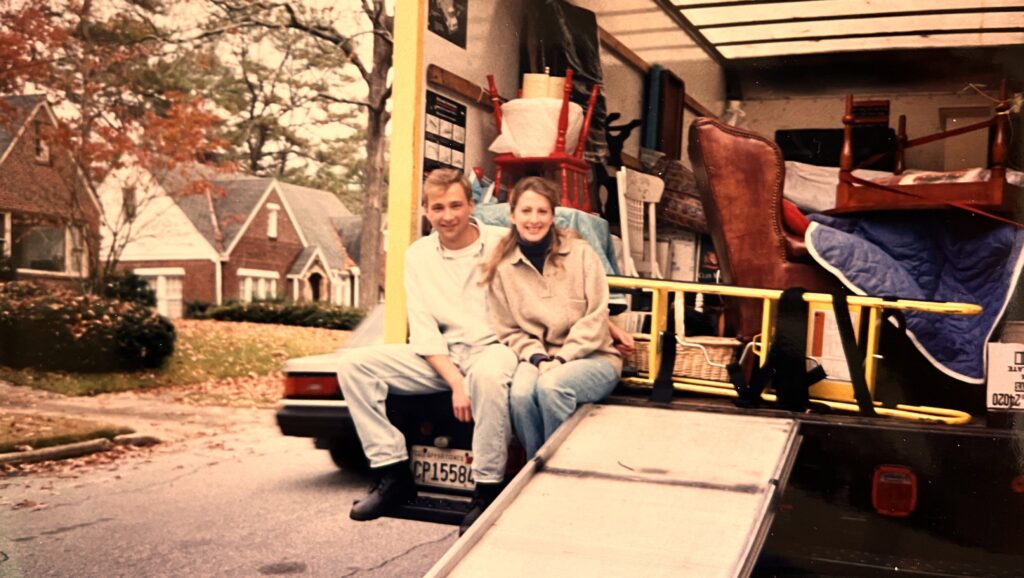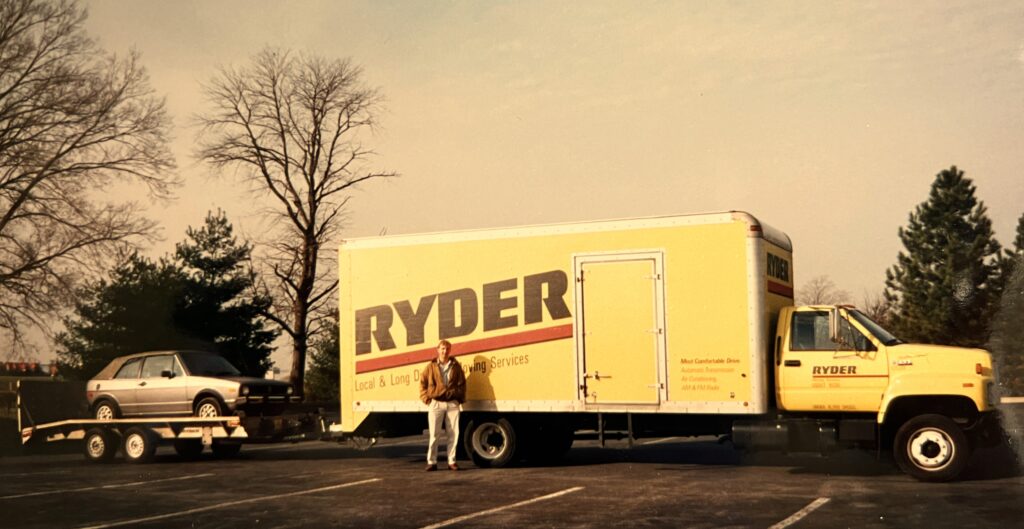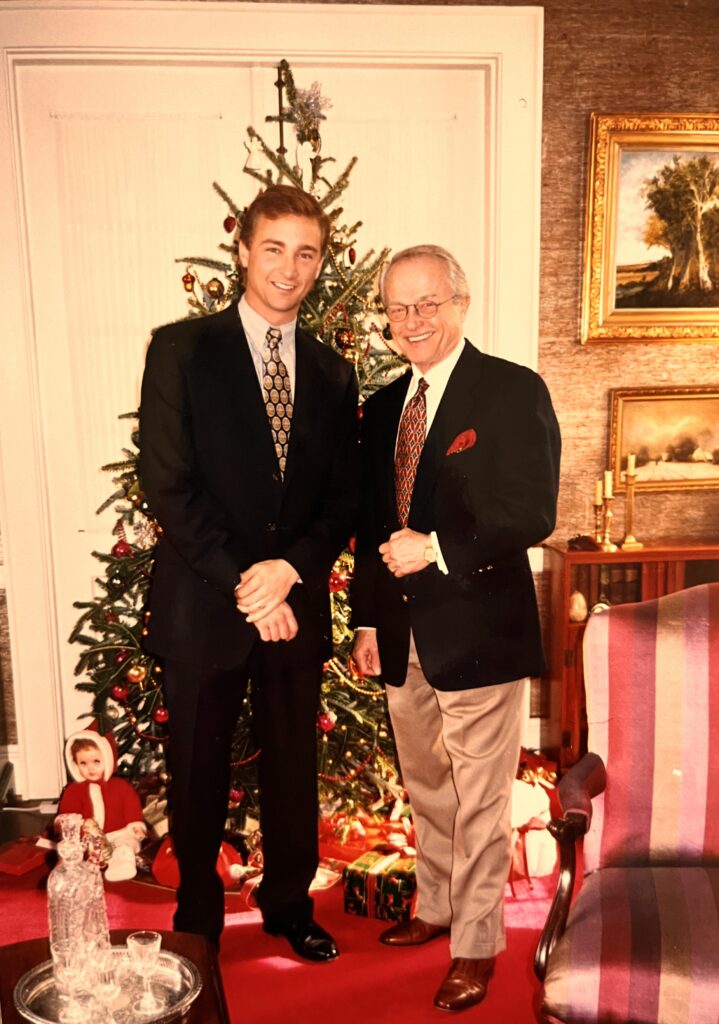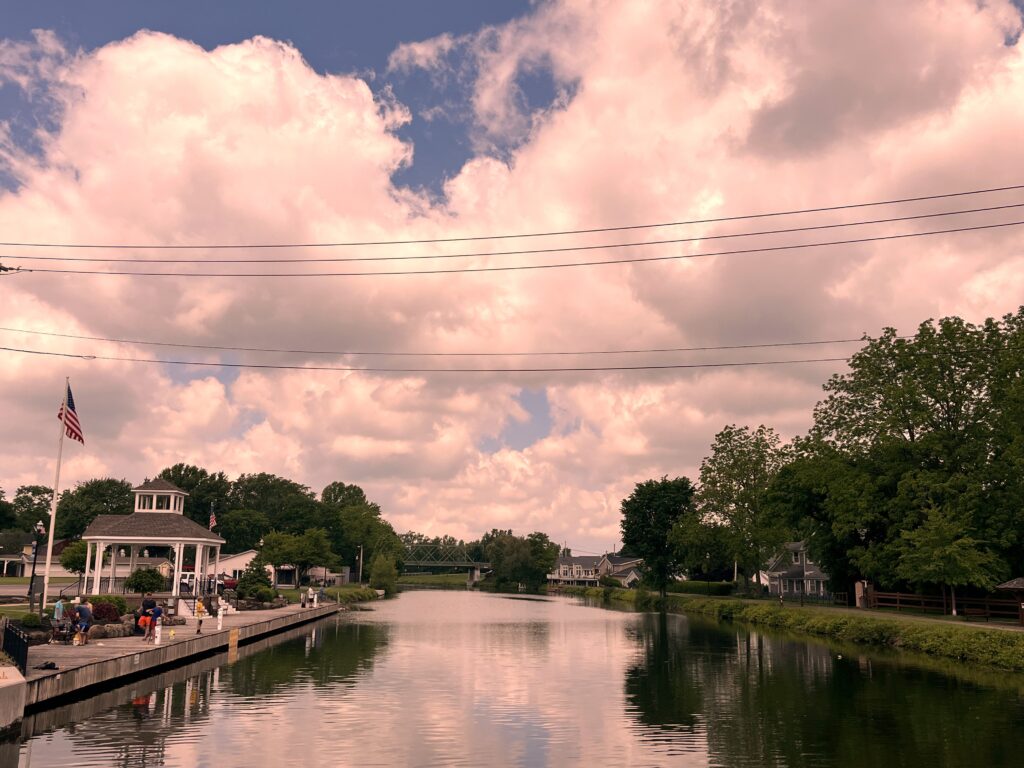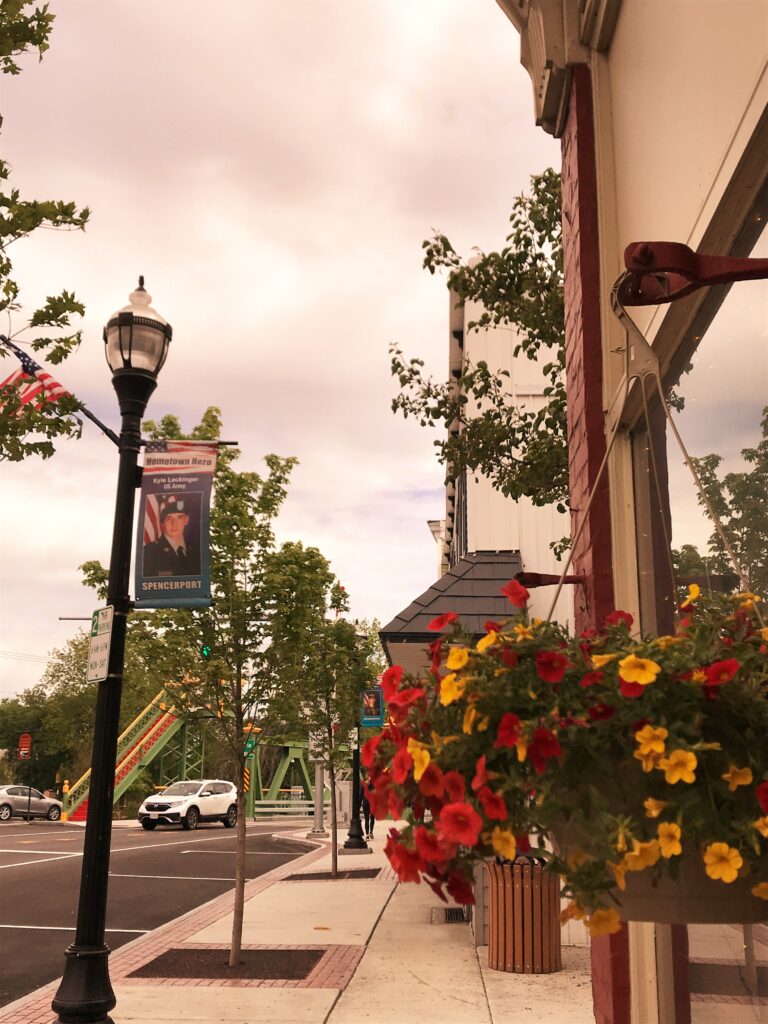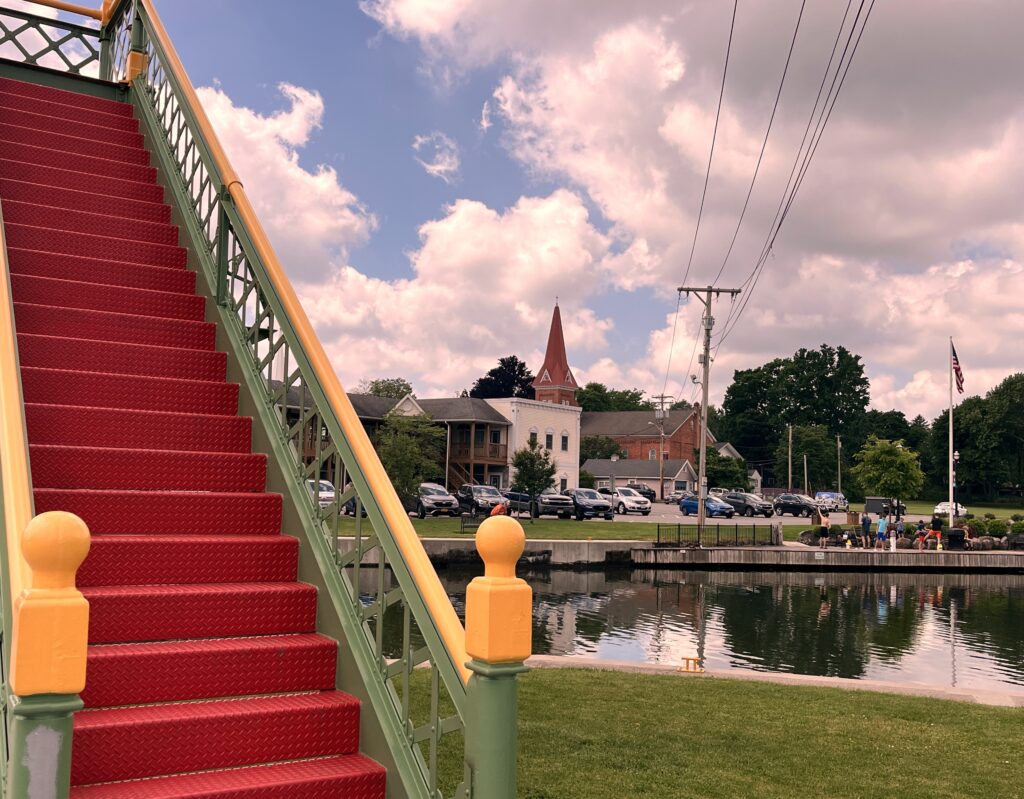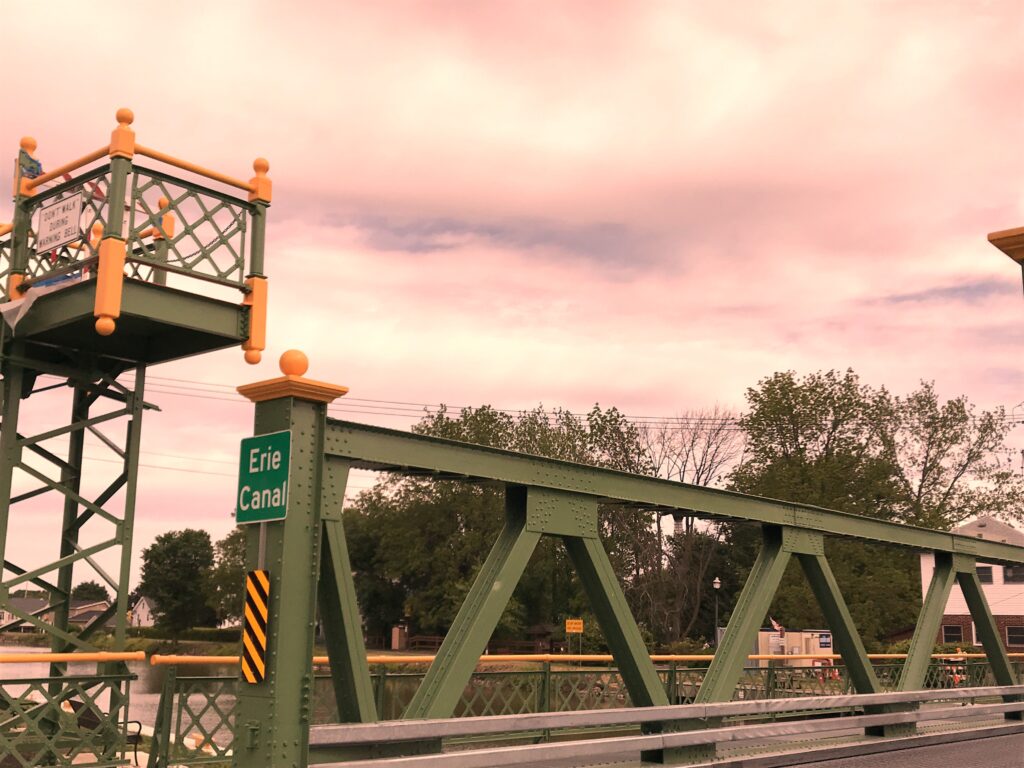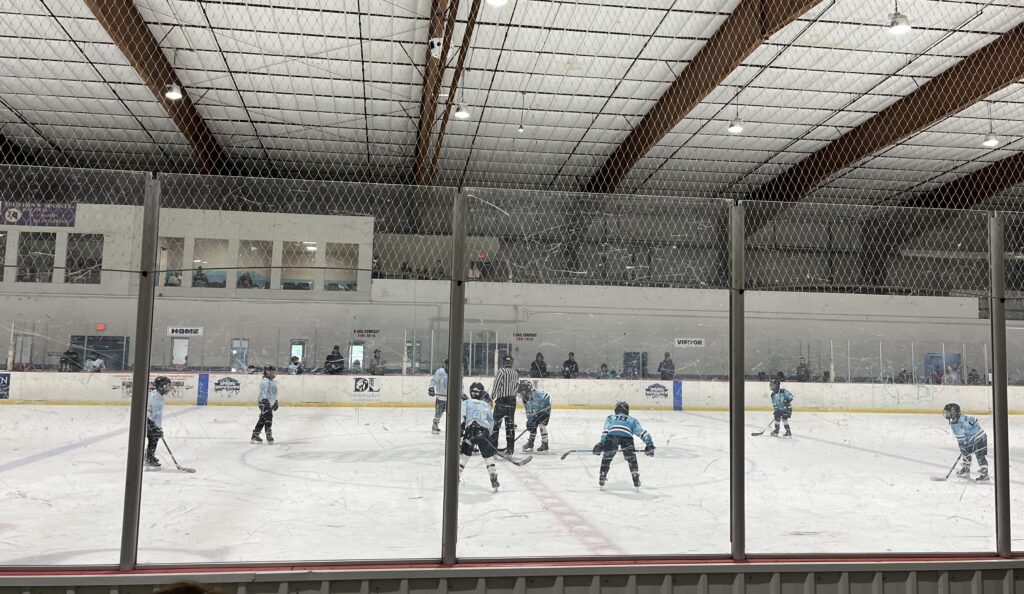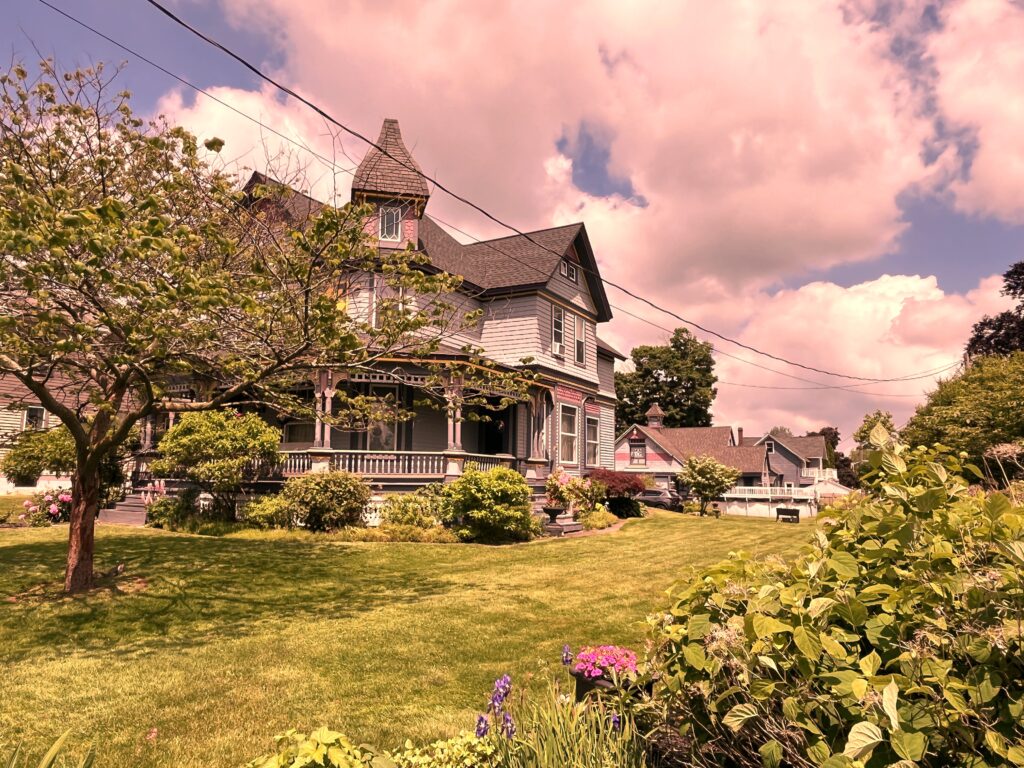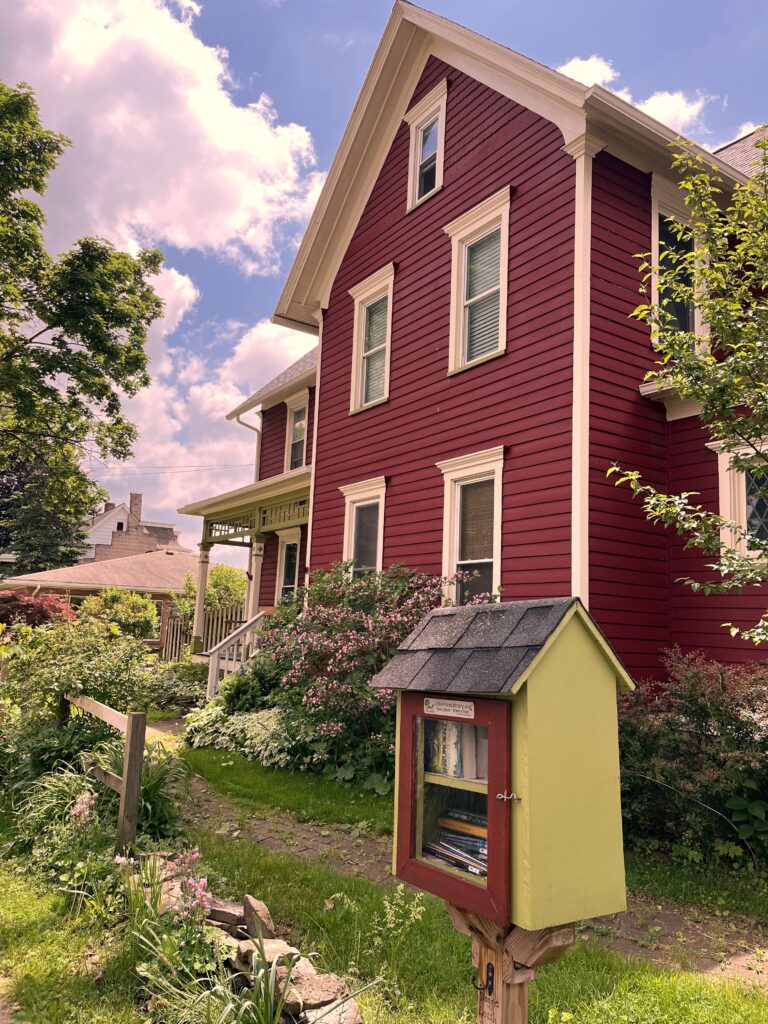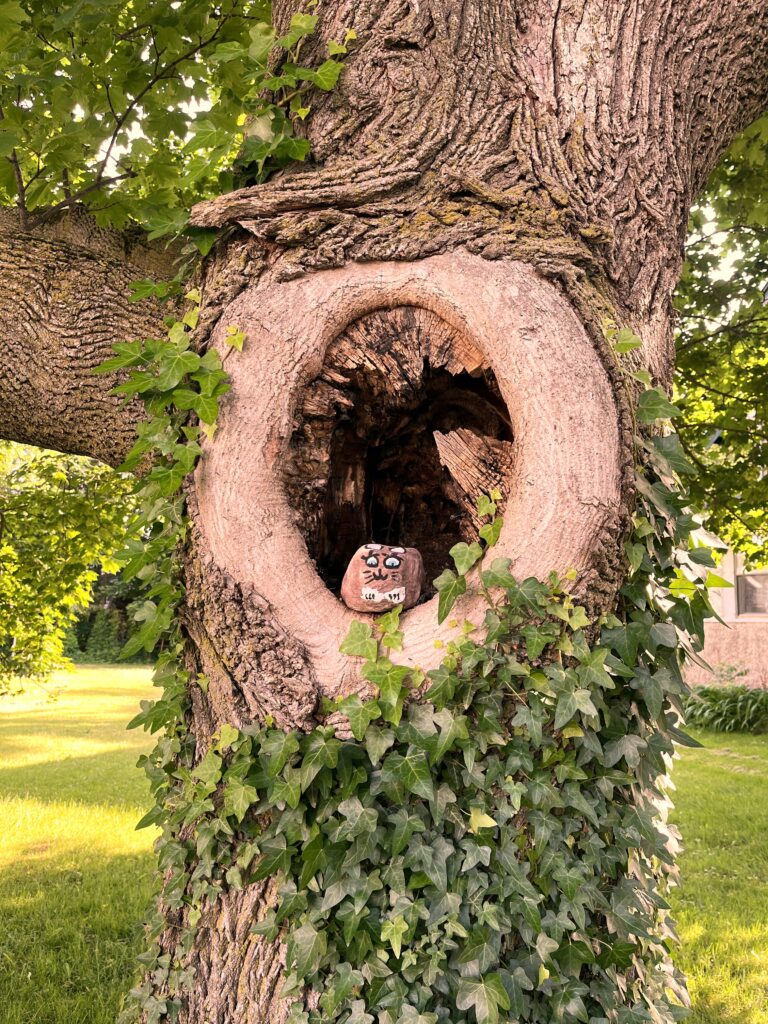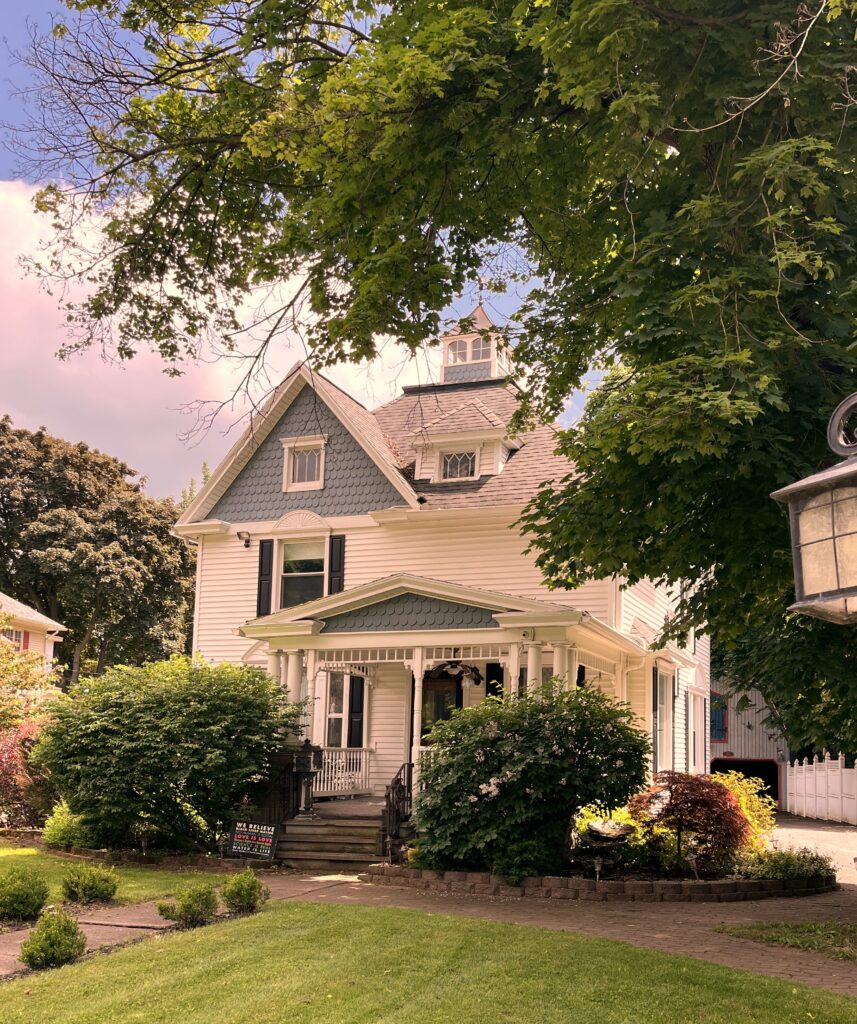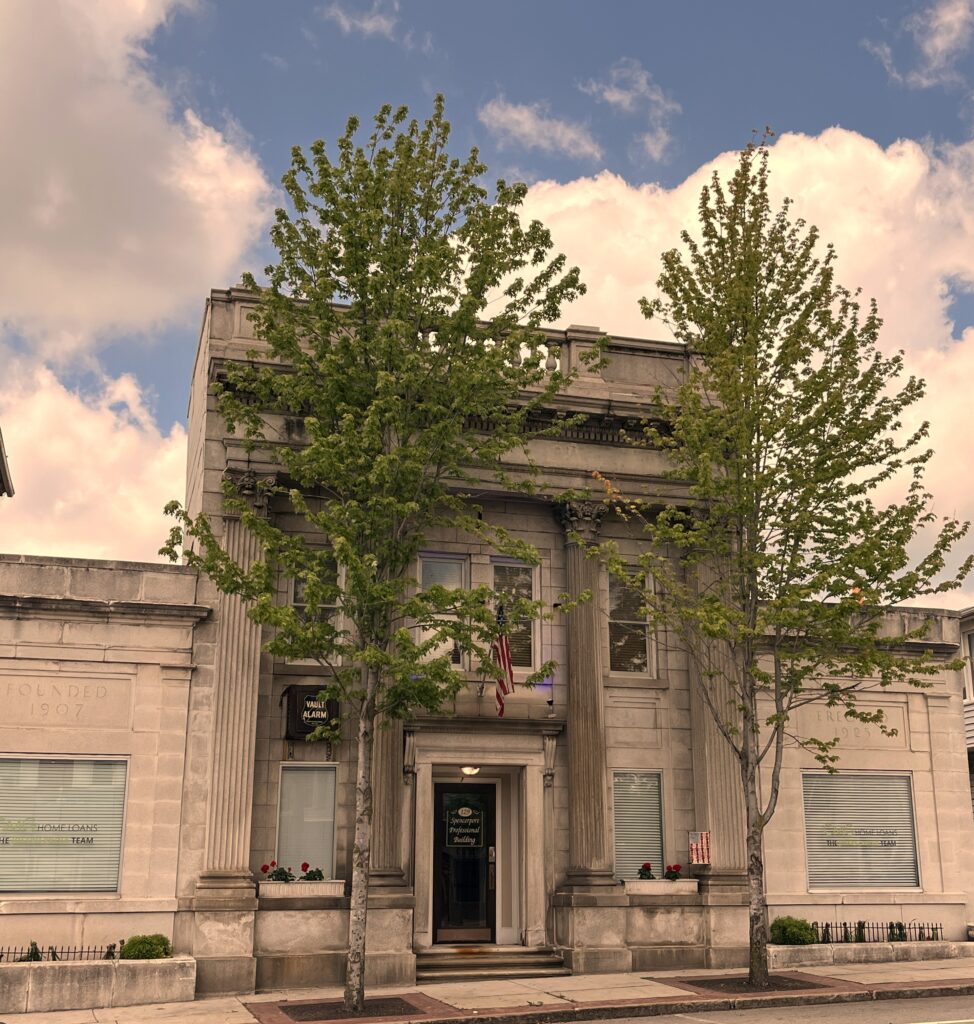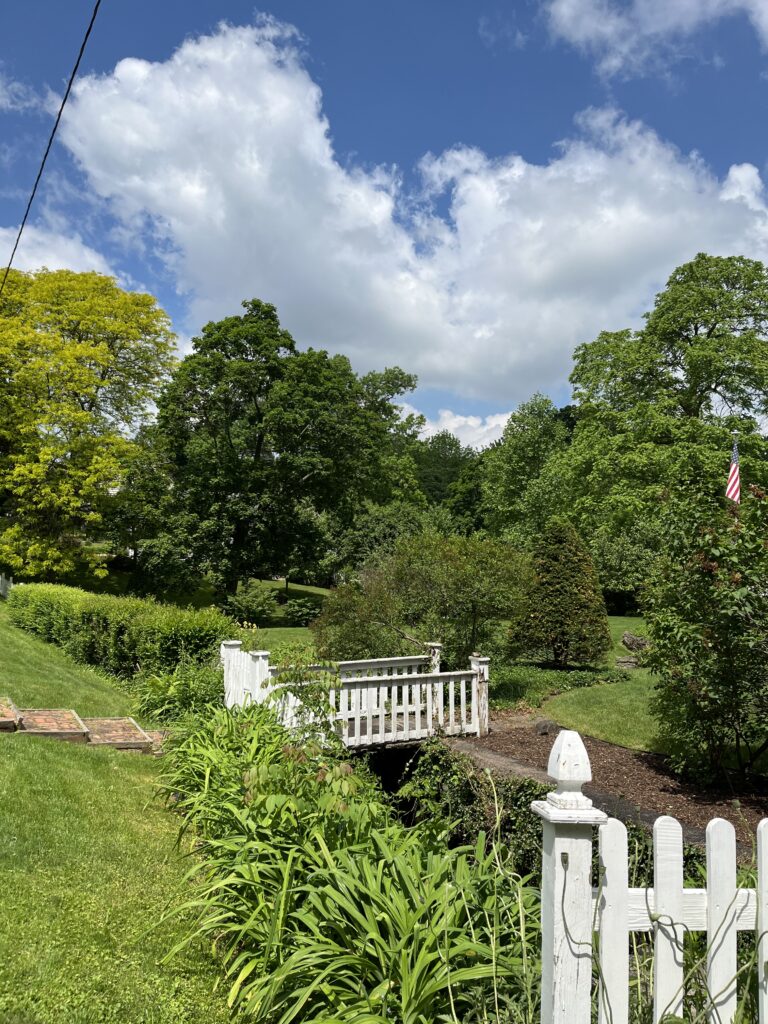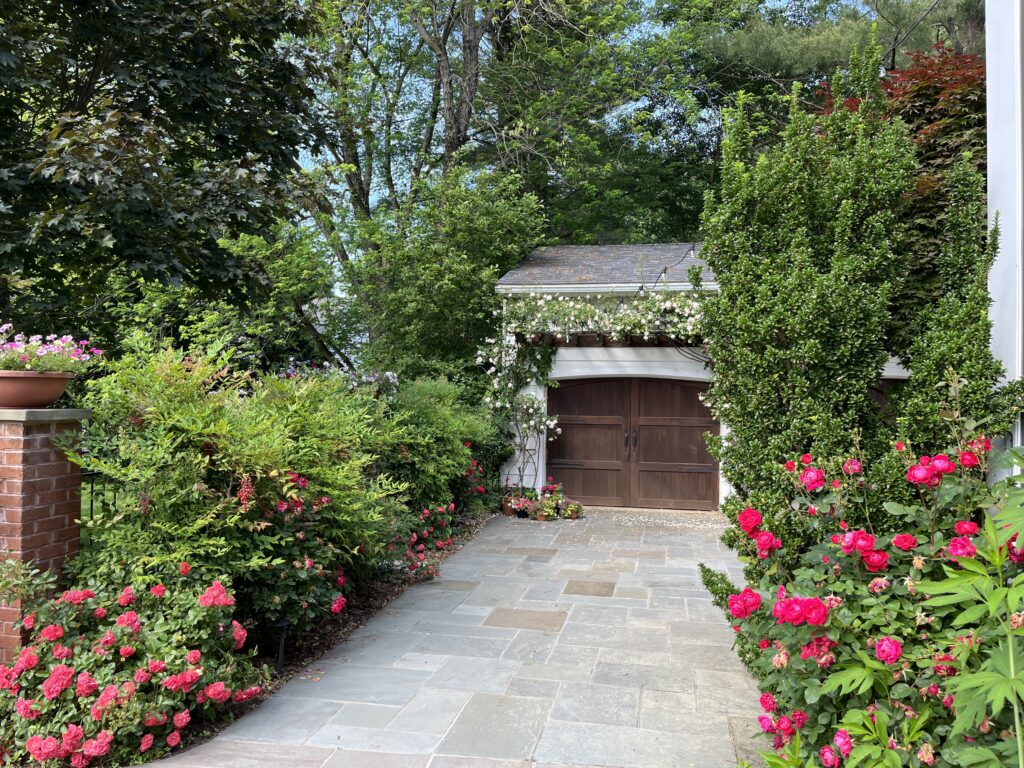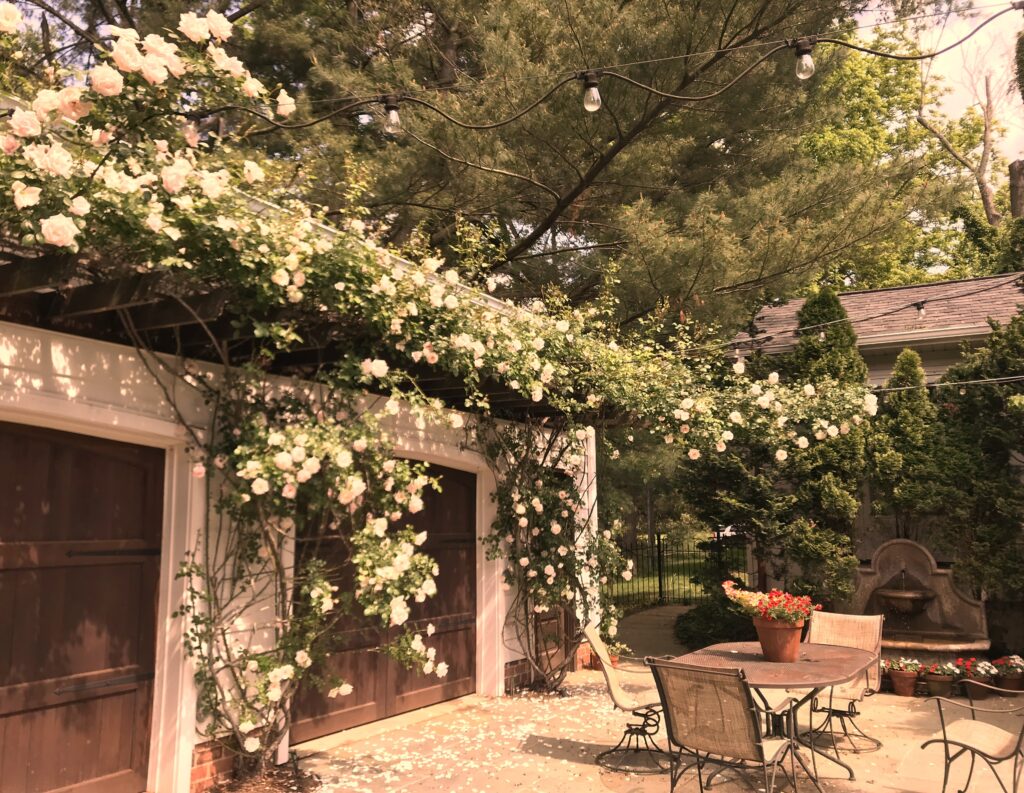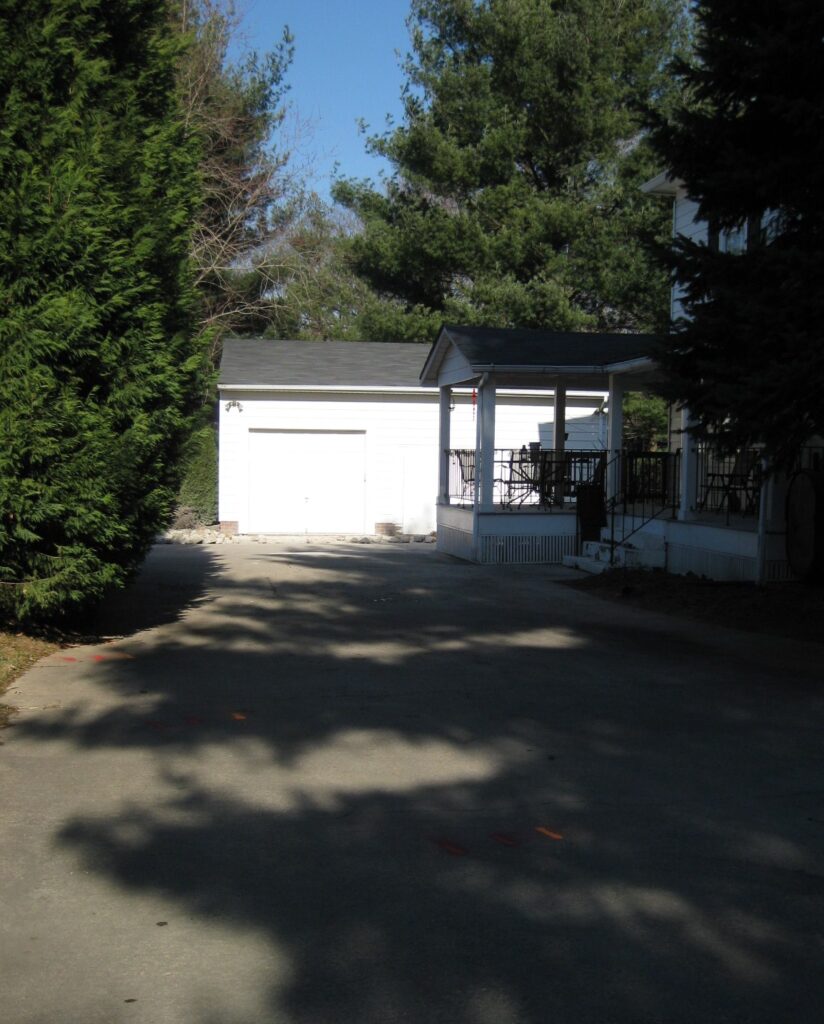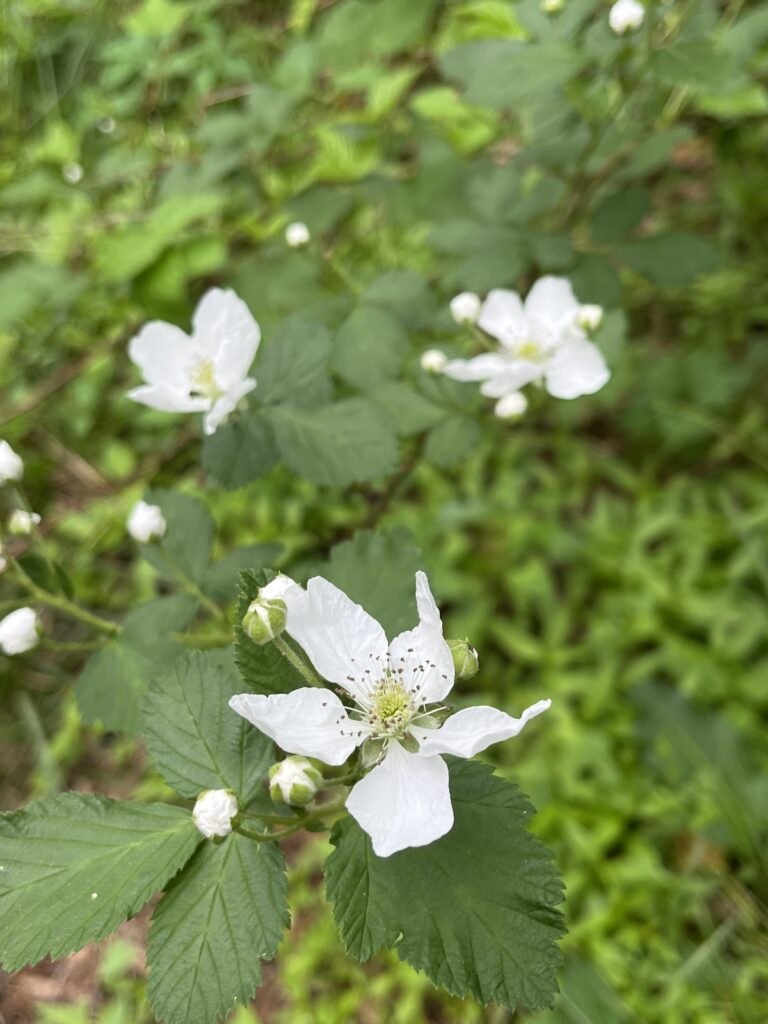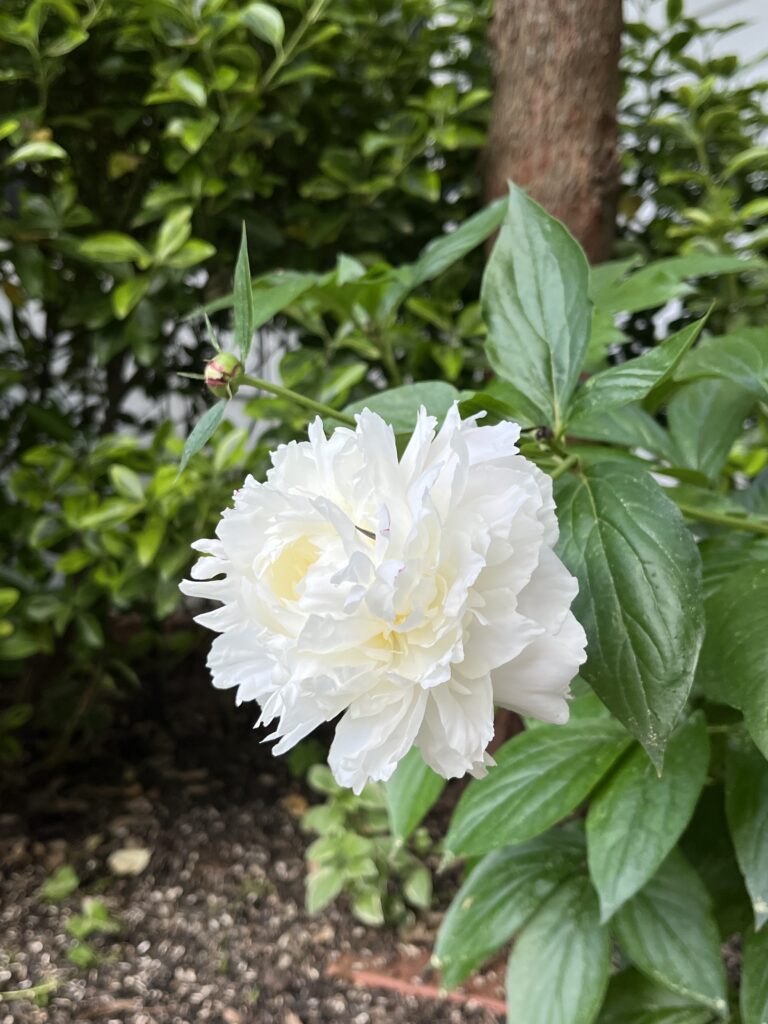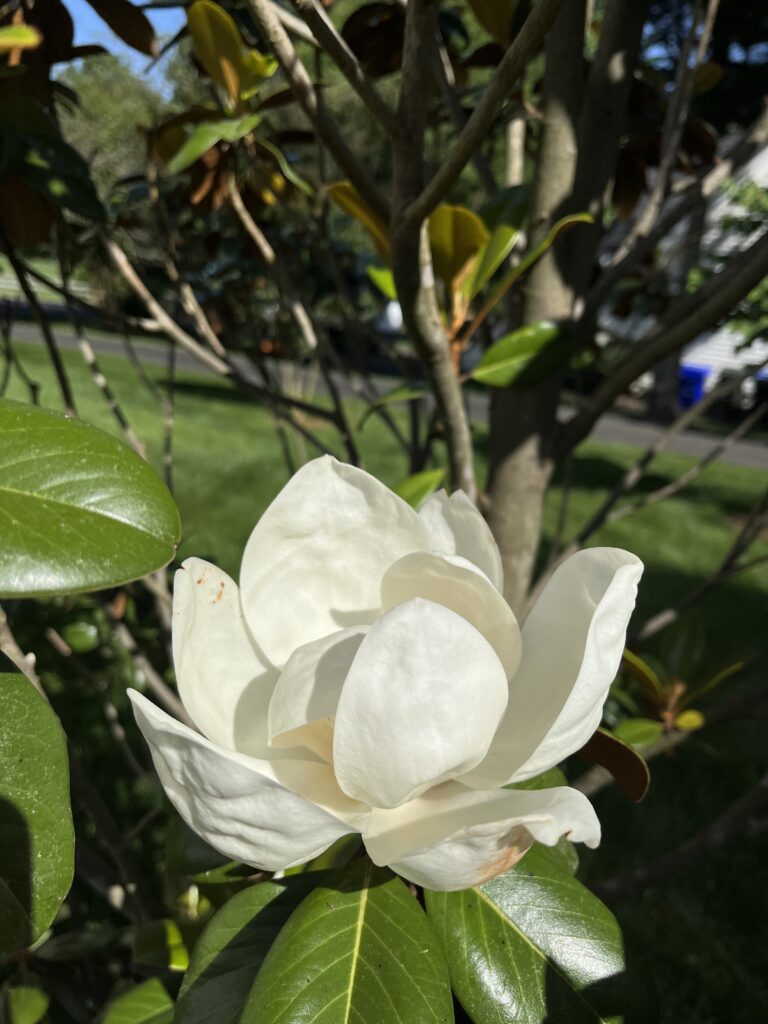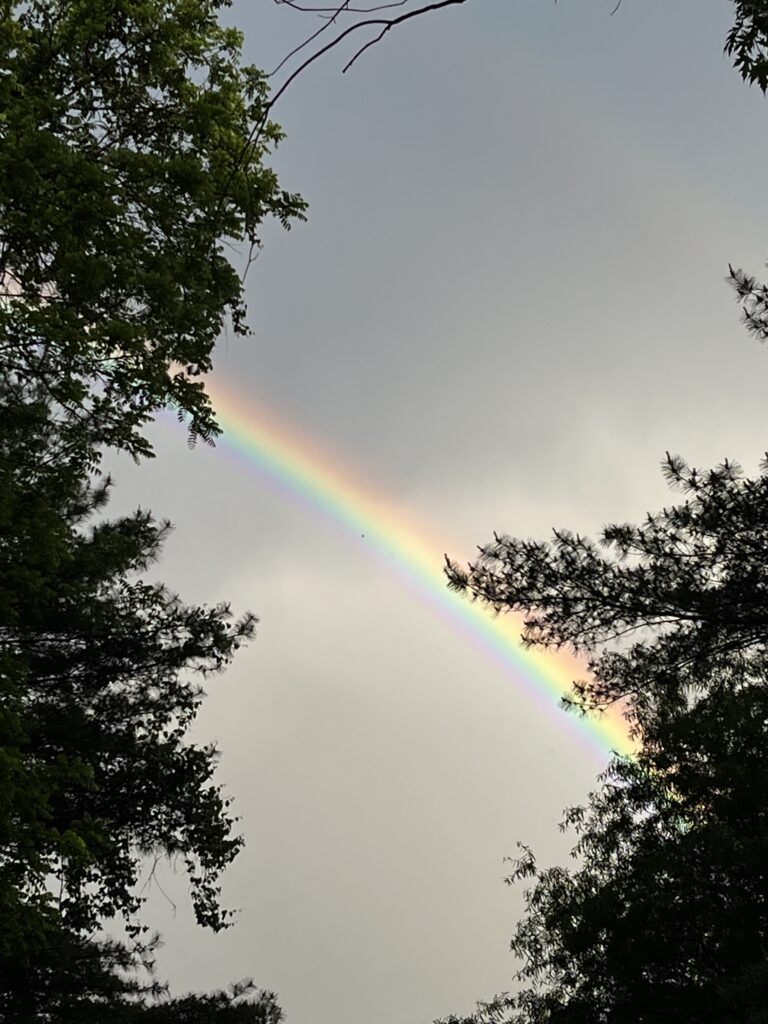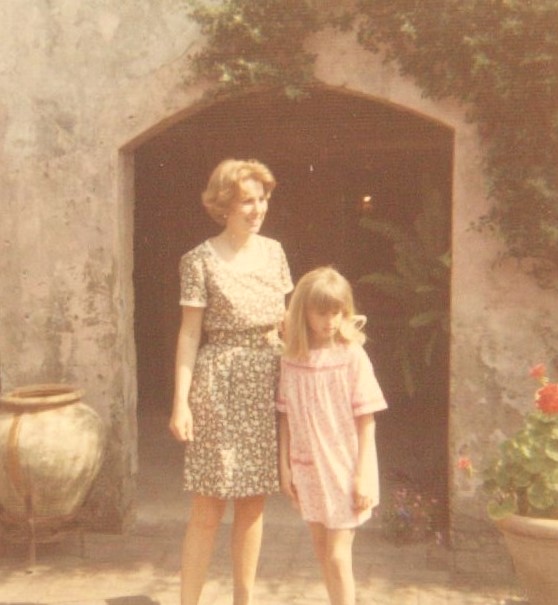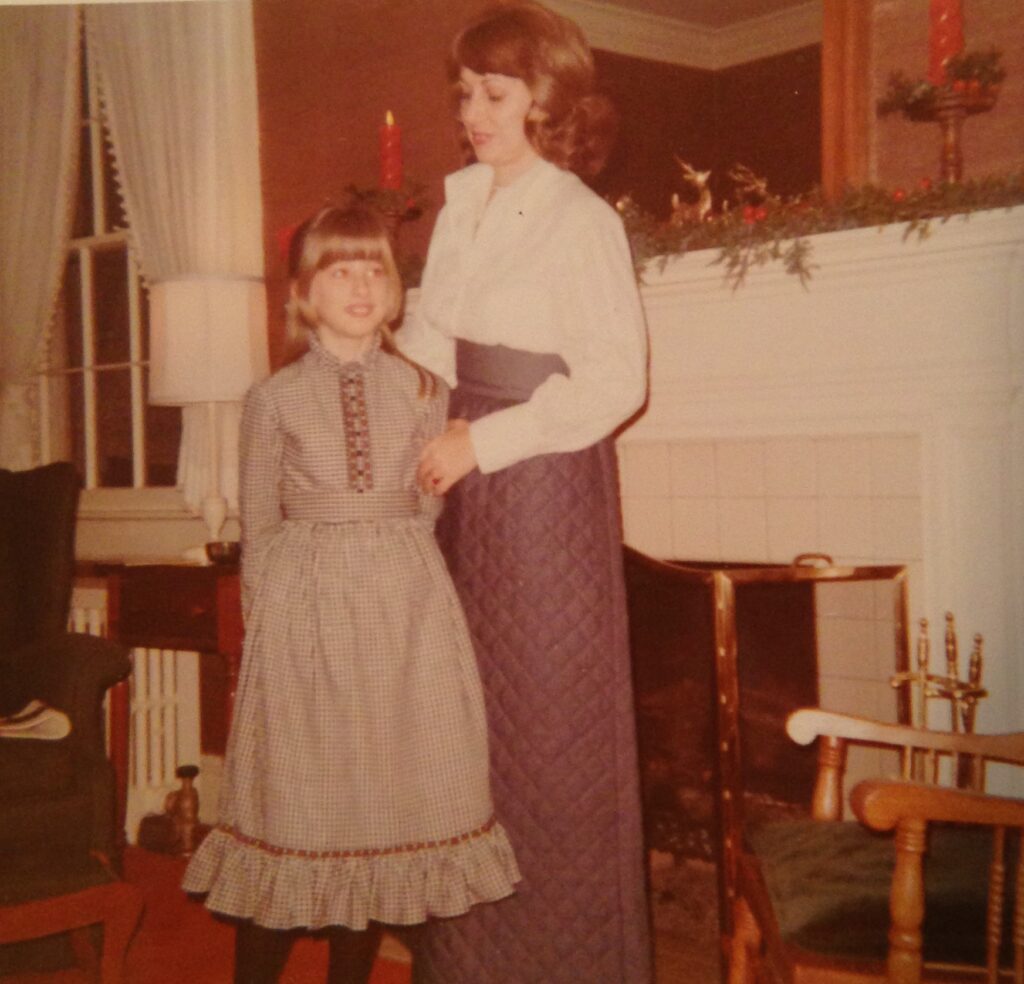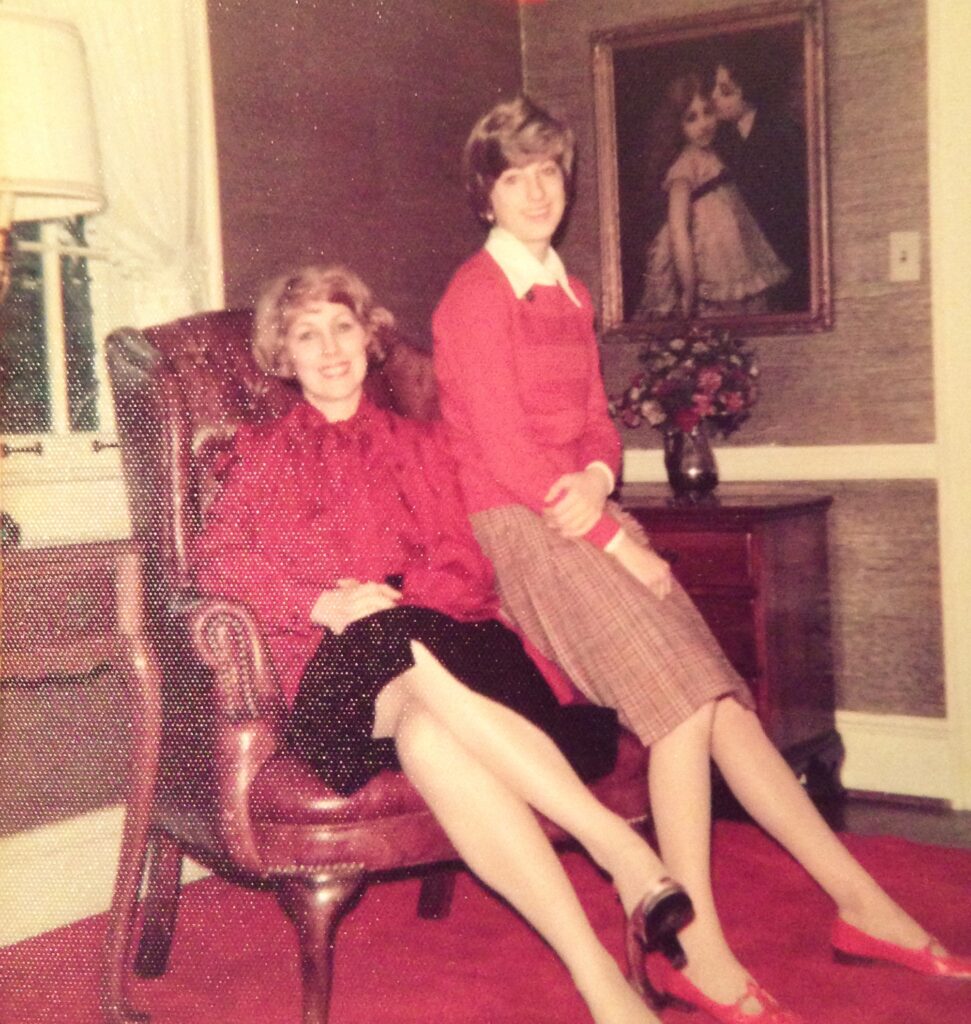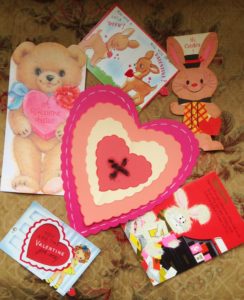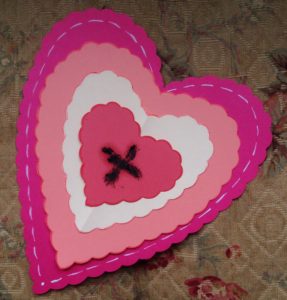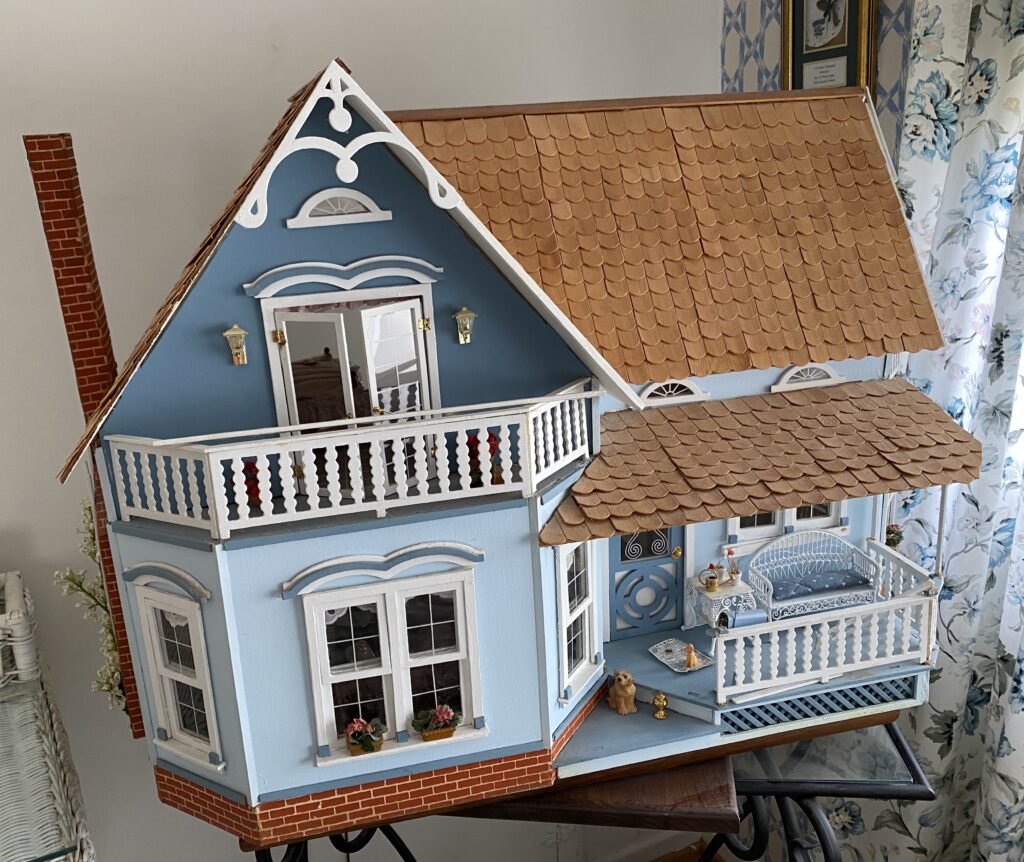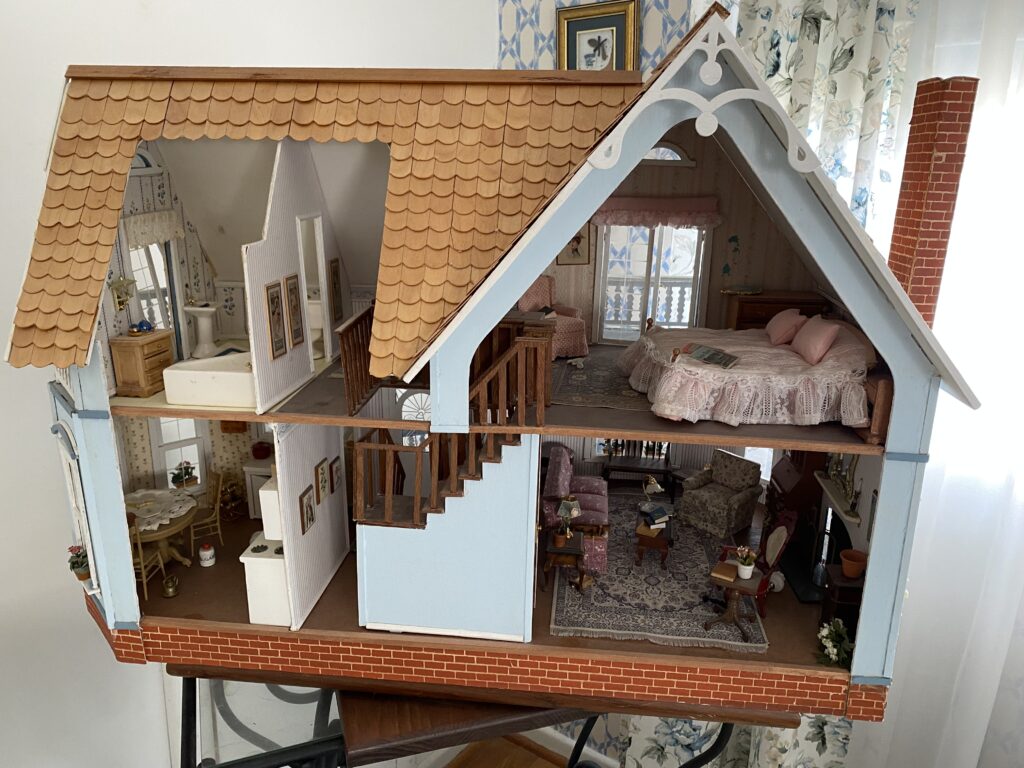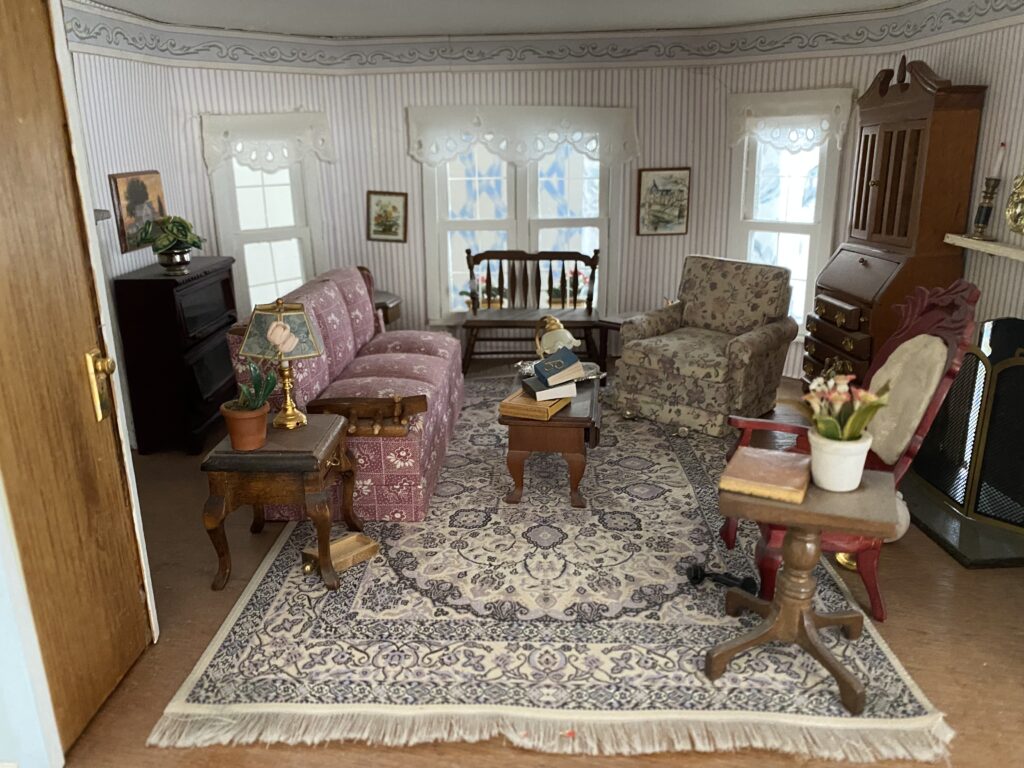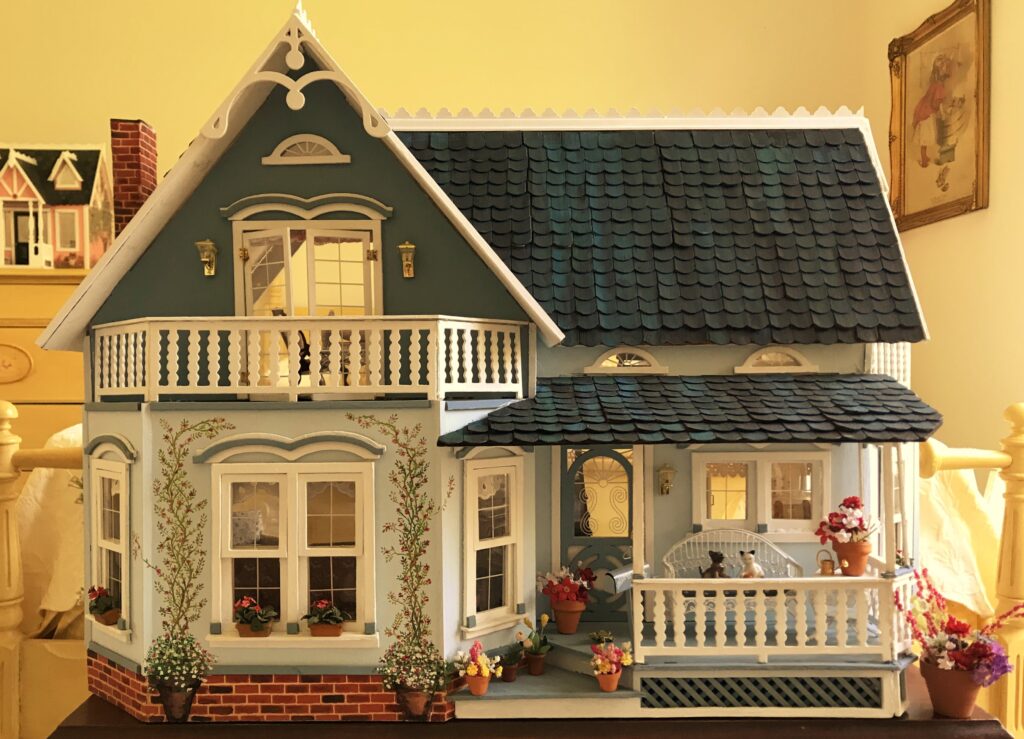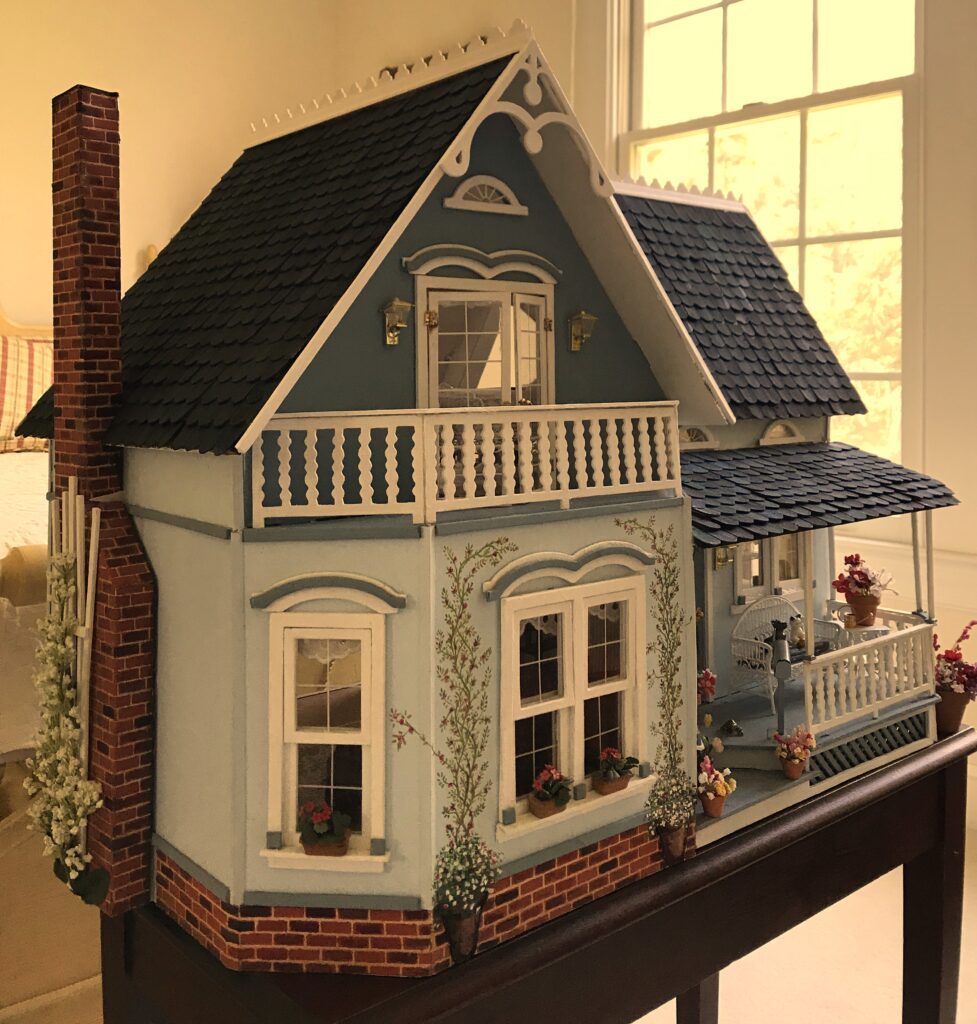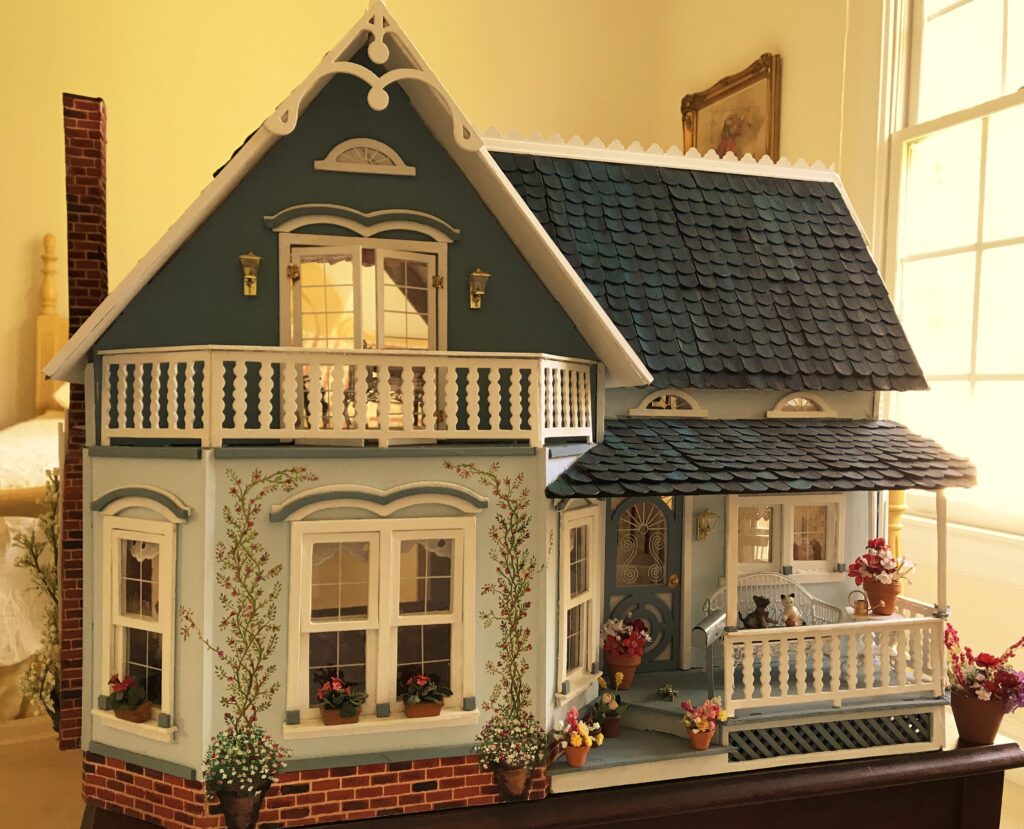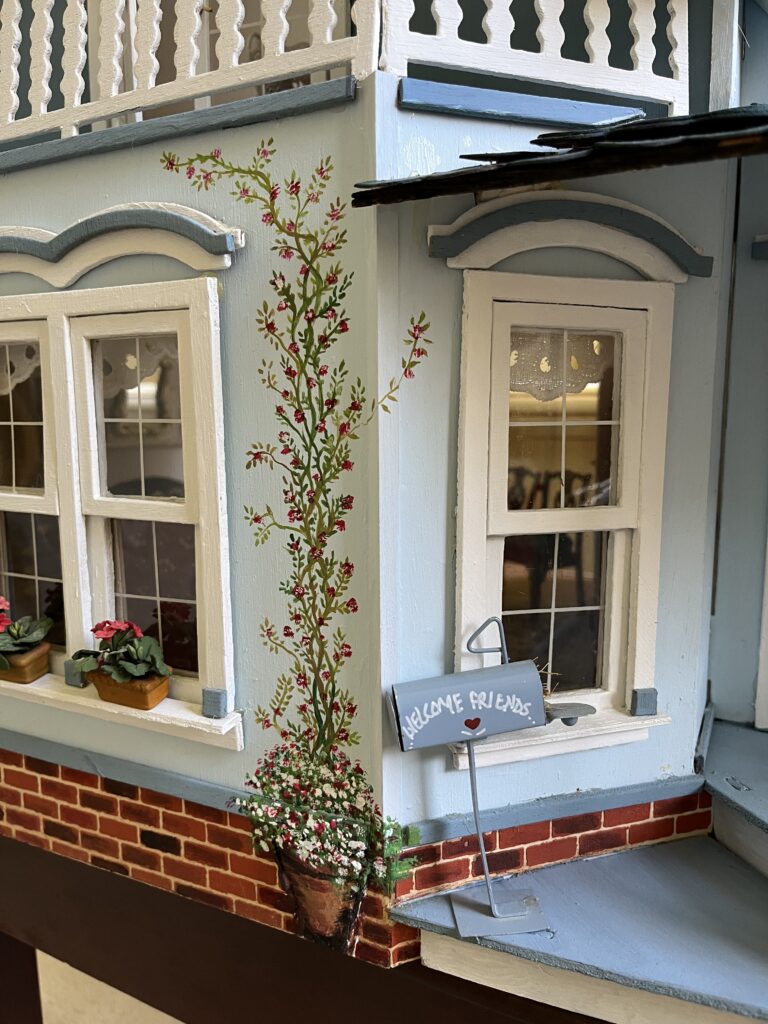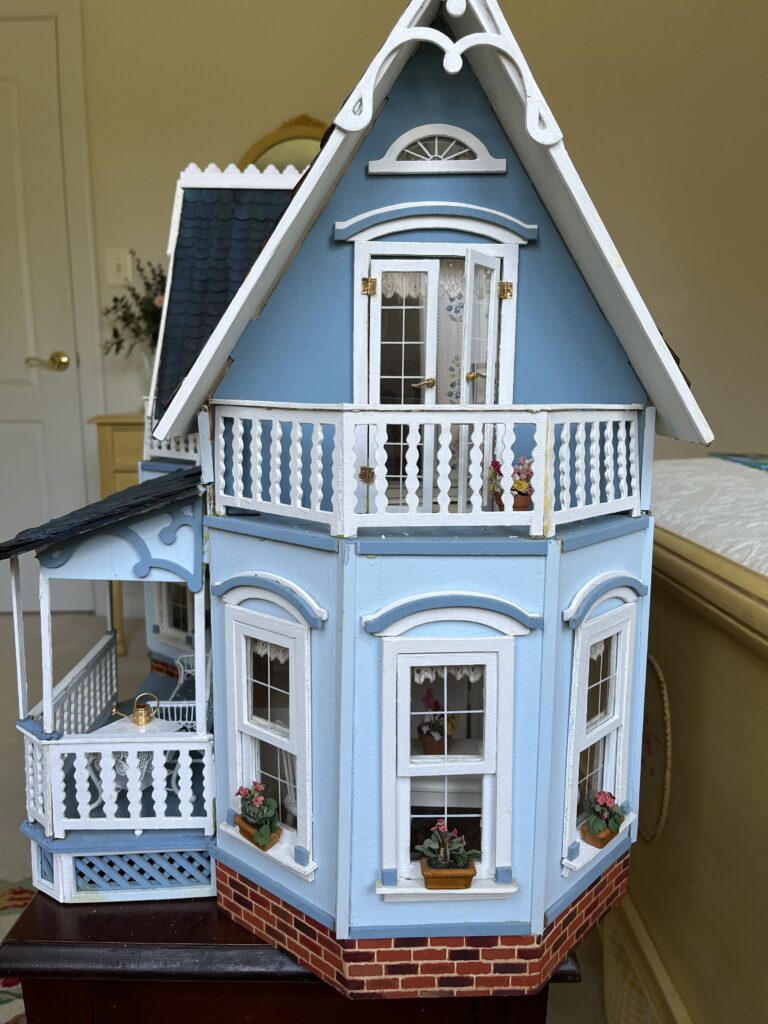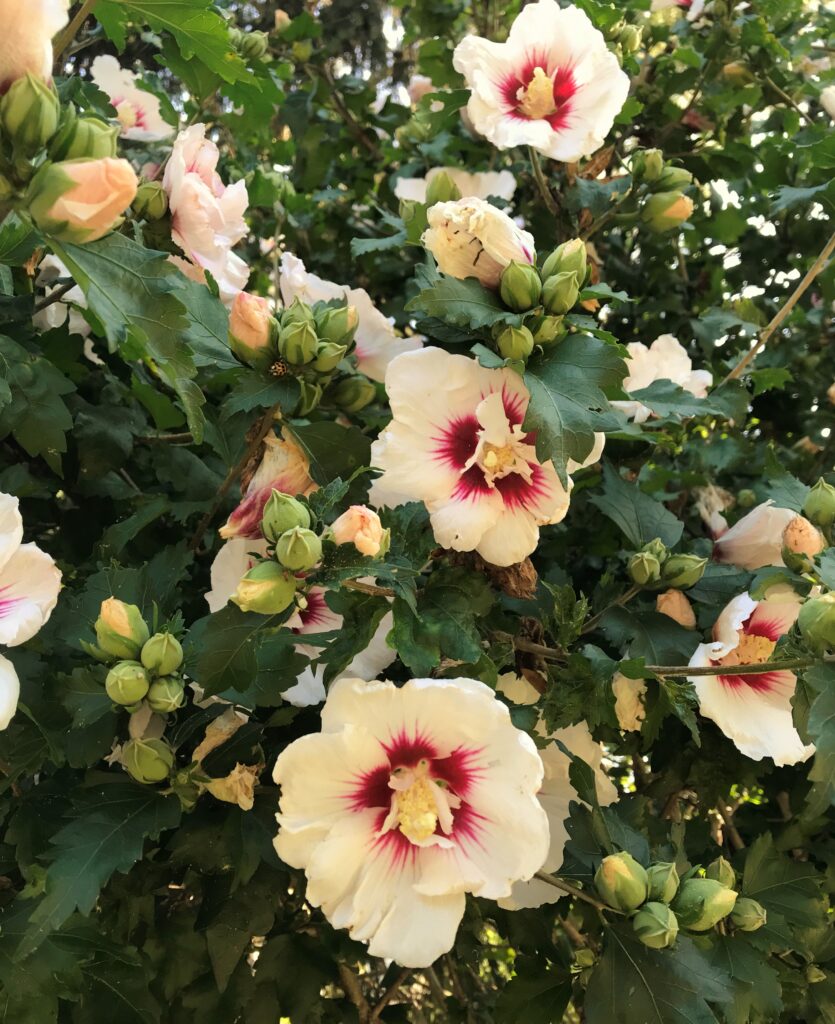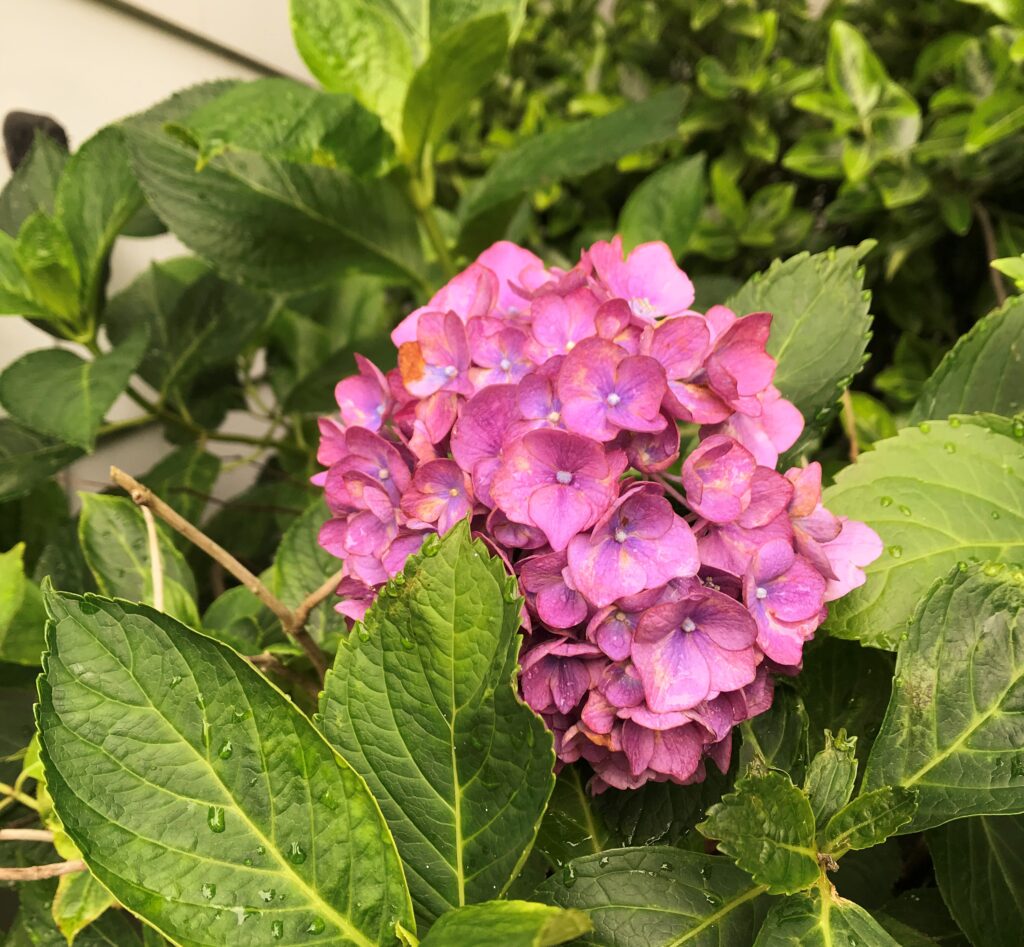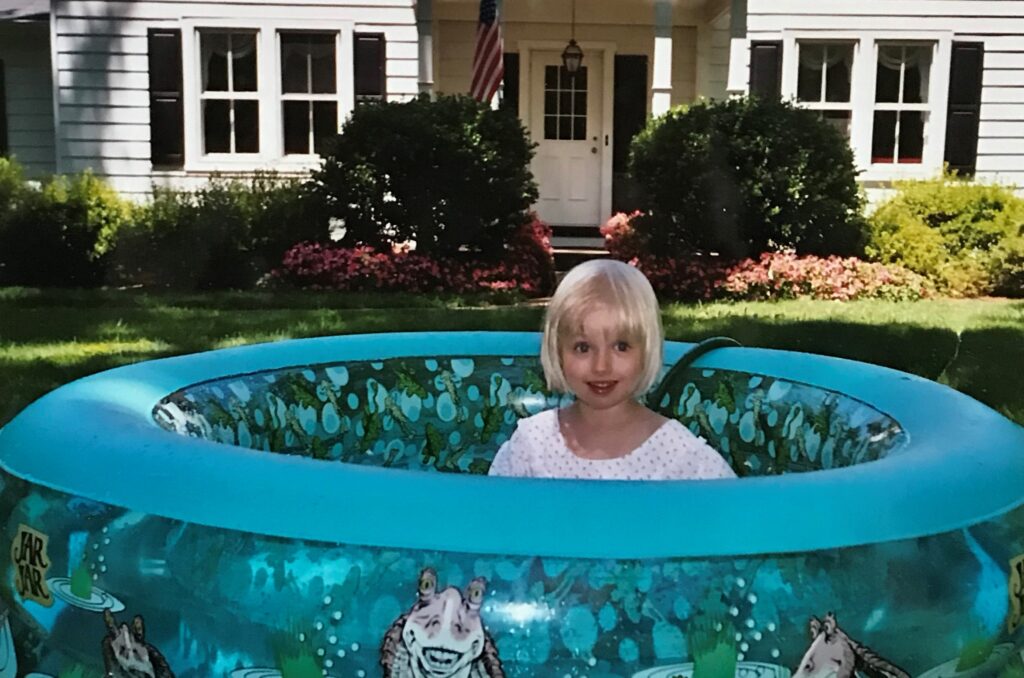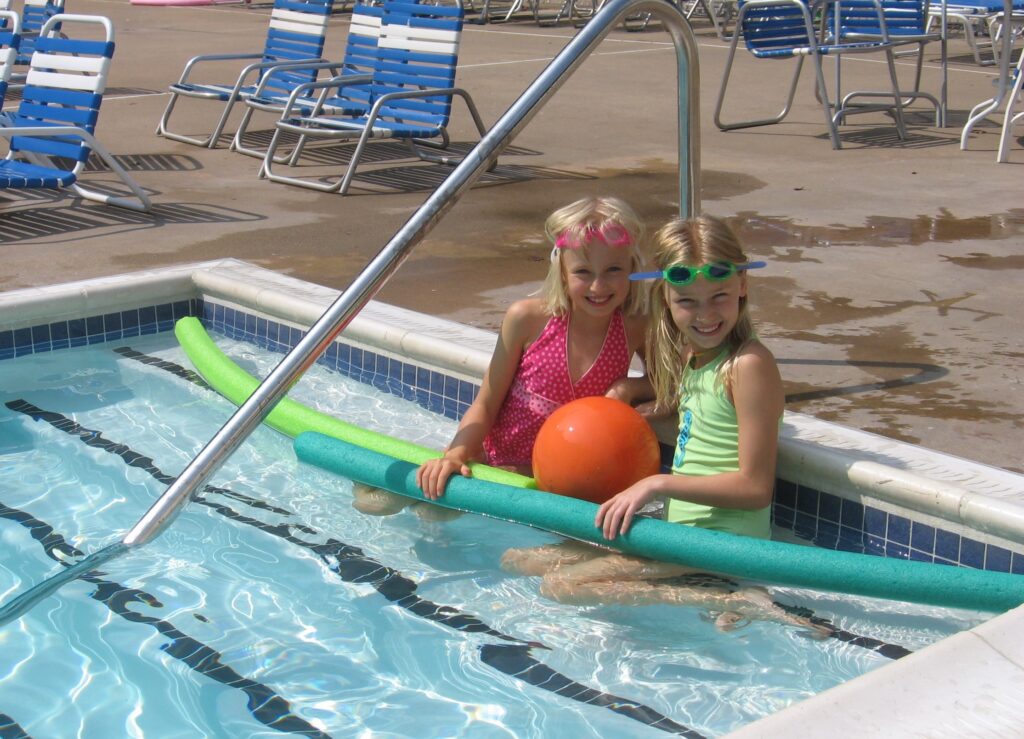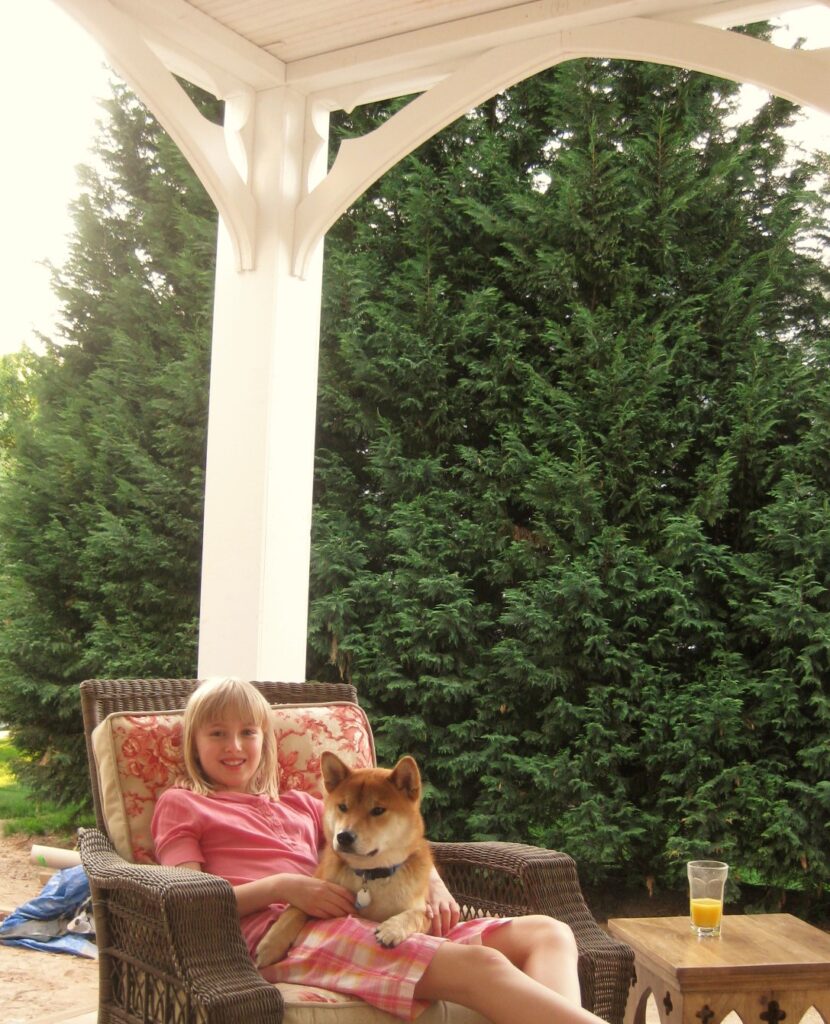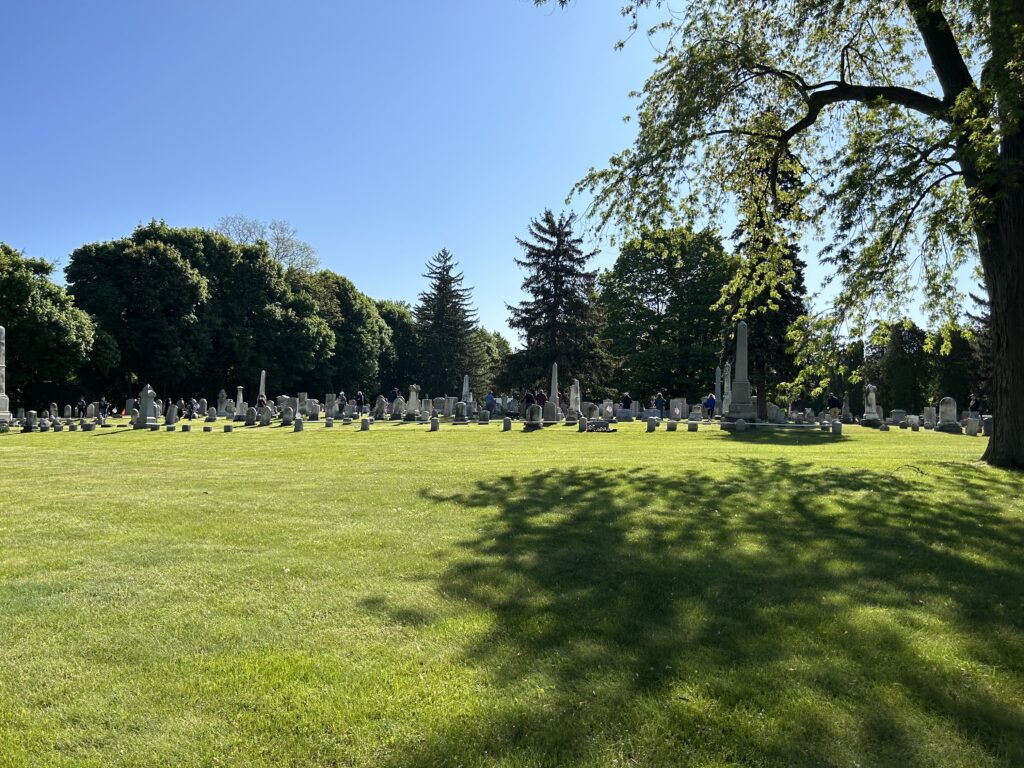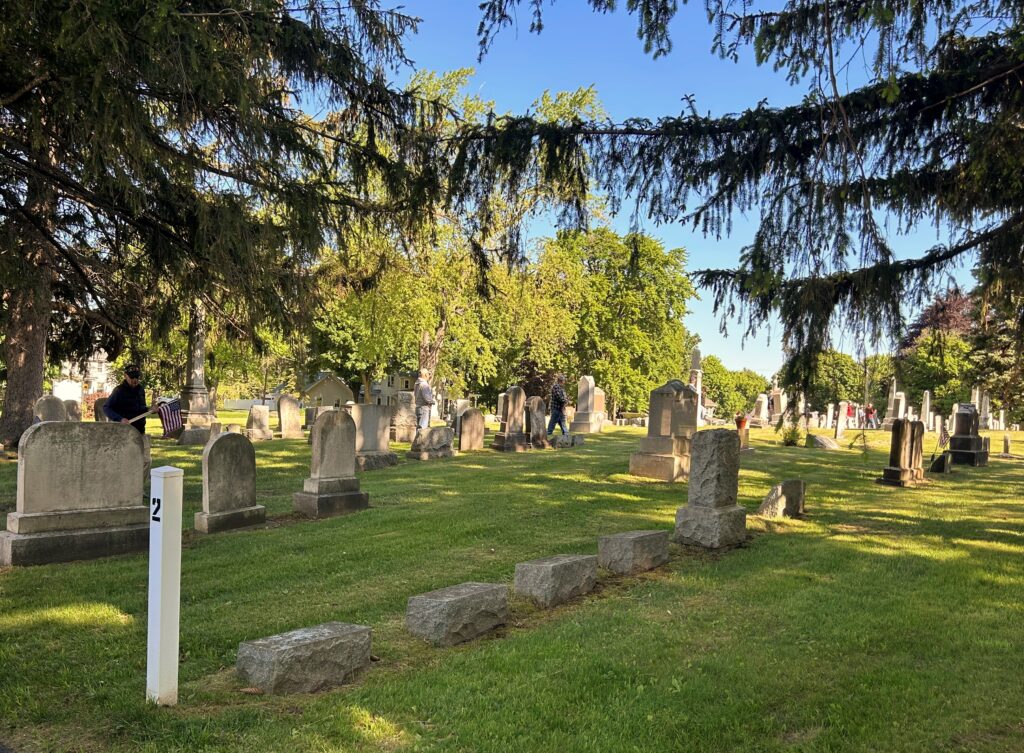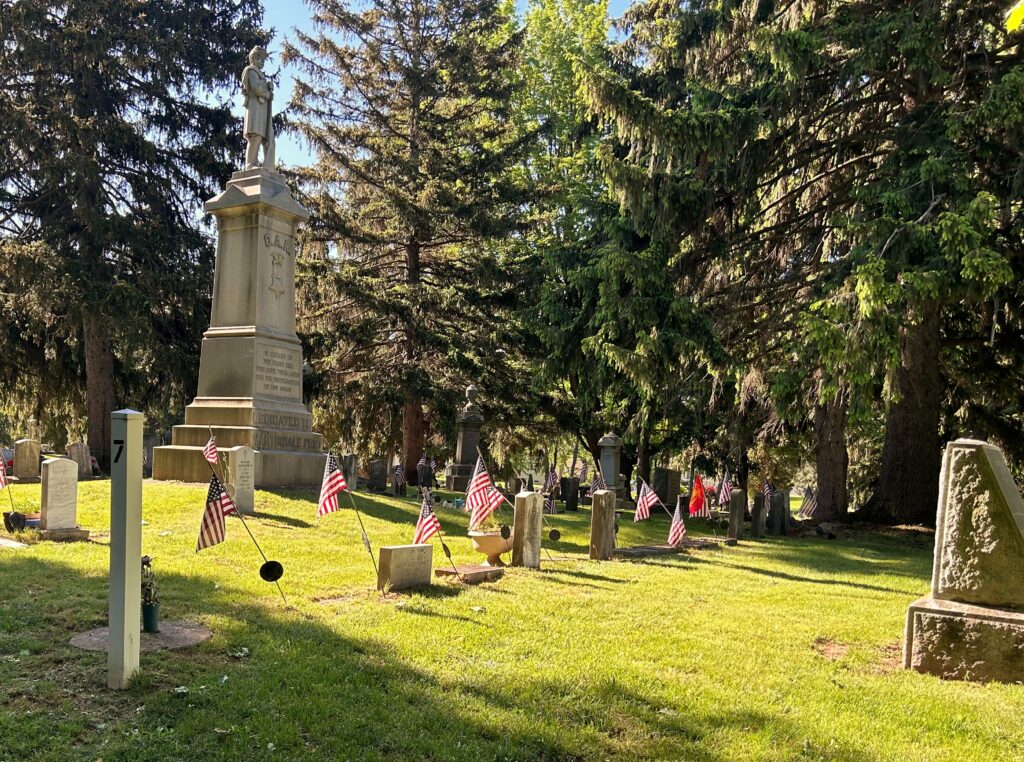While spreading seed for the birds and squirrels during Saturday’s soothing morning rain, I spotted an unidentified object in the wet grass. It appeared to be made of black patent leather. What is that? I wondered. I bent down to look. I gasped. Wow! It was the biggest beetle I’ve ever seen.
It was easily the size of a small mouse. After observing the beetle for a while, and judging it to be deceased, I gingerly picked it up. When I showed the find to my husband, he suspected that I was trying to fool him. He recalled a similar episode from our past.
We hadn’t been seeing each other very long when my housemate at the time played an unforgettable prank on me. Inside the oatmeal carton that I opened every morning, she had placed a gargantuan black rubber cockroach. Upon discovering it, I was horrified. It sure looked like the real thing. If my memory surrounding the event is correct (and it may well not be), I ran into H soon afterward on the Princeton campus. The route to my carrel at Marquand Library intersected with his path to the Engineering Quad. I told him about the traumatic oatmeal event, and he came back with me to see for himself. “Is it real?” he asked. I replied that I thought so. I’d left the beast on the kitchen counter where it fell. I can still see its dark, looming form against the slightly glittery surface of turquoise Formica. It looked frightening, still. But maybe not quite as authentic as I’d previously thought. I took a knife from the drawer and pushed the side of the blade gently down on the back of the insect. It didn’t crunch, but smooshed down quietly, as if it were made of rubber. “Lauren!,” I exclaimed. My roommate had pulled a good one on me.
I appreciated her prank, as she expected I would. I kept the huge rubber roach. Occasionally, I’d wear it, for shock value, like a brooch on a fancy dress, or set like a barrette in my hair. I even wore it, briefly, during my wedding reception, as in the photo above. I still have the creature somewhere. When I find it again, I’ll probably scream, just as I did upon our first encounter.
It took a while for H to be convinced that the beetle wasn’t a clever prop I’d surreptitiously obtained. When we first began trying to identify it, we kept coming up short. In size and color, it looked like a rhinoceros beetle, found in Australia and elsewhere, but not native to the U.S. Before long, we noticed that as the beetle’s shell dried in the sun, it was fading to pale gray-green, with a splattering of dark spots. This coloring identified it as an Eastern Hercules beetle, a type of rhinoceros beetle that’s native to our country. They’re fairly uncommon, which explains why I’ve lived my life to this point without ever meeting one. The two long, curved horns identify our critter as a male, and earn that rhino name. The horns are not used to injure humans or predators, but only in battle with other male competitors to win a mate. The spotted shell over the abdomen is actually a pair of hardened wings, known as the elytra. They protect another pair of wings beneath. These beetles do, indeed, fly occasionally, despite their large size. Yikes!
I’m reminded of the time I first saw one of our Southern “palmetto bugs” take flight, and I shudder. As I remember the incident (and again, some details may be incorrect) my mother, my high school boyfriend and I were watching the opening sketch of Saturday Night Live in our Atlanta family room when we noticed an enormous roach inching its way high up along the wall. My boyfriend sprang into action. He grabbed a yardstick and stood on a chair, poised to swat the giant insect. Mama commented, “I’ve heard that some of these can fly.” “I don’t believe that,” he replied. As he prepared to strike, the huge bug flew directly at his head. And with great speed, the three of us fled the room.
But back to our Eastern Hercules beetle. His appearance is fierce, but he was not a threat to most living creatures. In his larval stage, he lived underground as a greenish white grub, chewing away on rotting wood, turning decaying tree material into soil. As an adult, he was active primarily at night, where he kept close to the ground, foraging among the leaves for fallen fruits and berries. Given the opportunity, he may have dined on ash tree sap, but he was not a pest. Despite his commanding presence, bulky armor and body ammo, he was a quiet, solitary vegetarian, doing admirable environmental work. He rarely used his well-protected wings to fly. His adult life may have lasted two to three years. I’m glad his final steps led him to a spot in our yard where I could discover him.
Thank you, Big Beetle. You’re a remarkable character. You’ve broadened my perspective, and reminded me of the richness and diversity of creation that surrounds us, often unnoticed and unseen, every day. You will be remembered!

